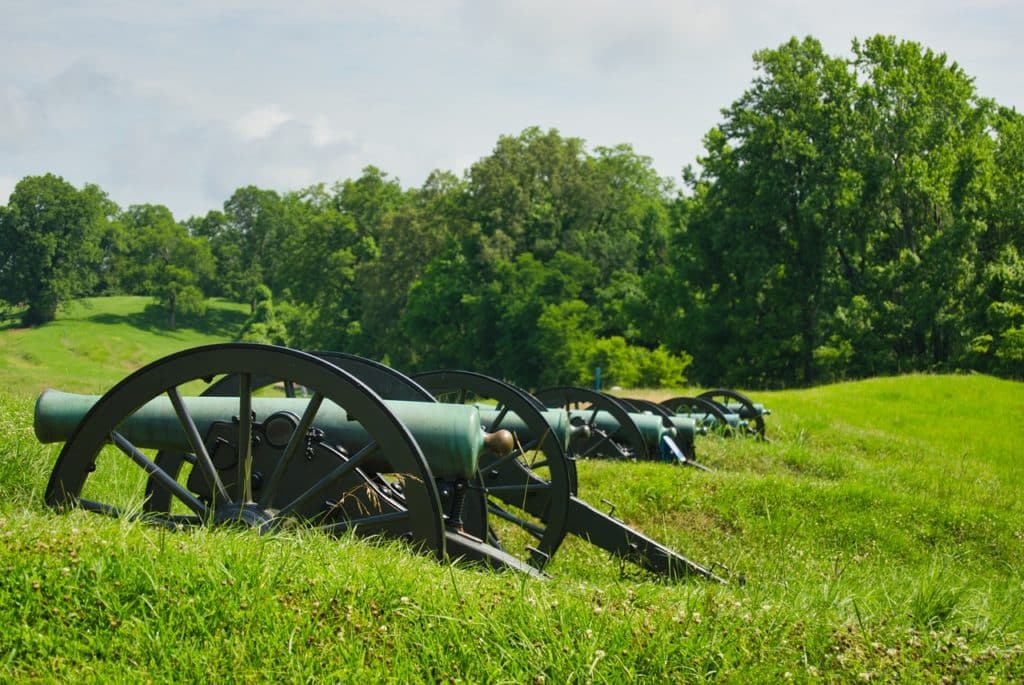
Article Summary: Historic Sites In Mississippi
Historic Sites In Mississippi. More Than Just Parks has 15 incredible must-see sites for you.
I’ve been to so many of these amazing places since retiring from teaching in 2018. Did I mention that I taught history? I spent a lifetime teaching about the history behind these momentous sites. Then I got to see them firsthand. And now I’m sharing the stories of these incredible places with you. It doesn’t get any better than that!
I’m going to give you my list of the Top 15 Historic Sites in Mississippi that you’ll want to see. These are our top 10 sites which we will provide in reverse order. We’ve got amazing monuments, fascinating exhibits, historic museums, legendary battlefields and so much more.
To be clear, this list includes national park sites (as in sites managed by the National Park Service) as opposed to national parks. It also includes sites not managed by the National Park Service. After all, we’re more than just parks!
If you’re planning a trip to the “Bayou State” then I recommend picking up a copy of Mississippi Travel Guide: Plan Your Dream Vacation To Mississippi by Johnson Tianka.
Now without further ado let’s dive in.
Table Of Contents: Historic Sites In Mississippi
Top 15 Historic Sites In Mississippi
15. Natchez “On Top Of The Hill” Historic District
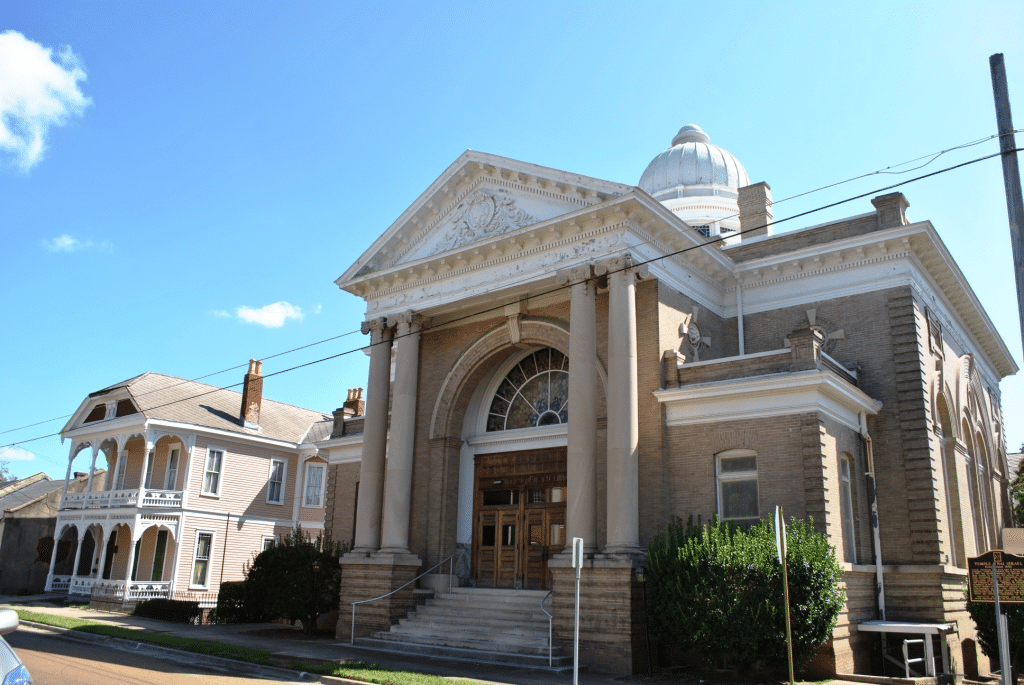
Mississippi is known for being the birthplace of American blues music and home to many talented musicians. It’s also home to some amazing historic sites. More Than Just Parks has complied our Top 15 List Of the Best Historic Sites In The Magnolia State.
And we’re kicking it off at #15 with the Natchez “On Top Of The Hill” Historic District.
The Natchez “On Top of the Hill” Historic District, also known as the Natchez Historic District, is a historic district located in Natchez, Mississippi.
It’s situated on a bluff overlooking the Mississippi River and contains a collection of well-preserved antebellum homes and other structures dating from the late 18th and early 19th centuries. The district got its name from the fact that it is situated on a high point of land, hence “On Top of the Hill”.
The district was established in the late 18th century and was a significant center of cotton production and trade during the antebellum period. Natchez was one of the wealthiest cities in the South during this time, and many of the homes and buildings in the district were built by wealthy planters and merchants.
Things To Do & See
Here are some things to do in this area:
- Visit the historic homes: The Natchez “On Top Of The Hill” Historic District is known for its beautiful historic homes. Some of the most popular ones to visit include Stanton Hall, Longwood, and Rosalie Mansion.
- Take a walking tour: There are several walking tours available that take you through the district and provide you with the history of the area. You can find guided tours or use a self-guided tour brochure.
- Explore the Natchez Trace Parkway: The Natchez Trace Parkway is a scenic road that runs through the district. It’s a great way to see the area and take in the beautiful views.
- Visit the Mississippi River Bridge: The Mississippi River Bridge is a historic bridge that connects Natchez to Louisiana. You can walk or drive across the bridge and take in the beautiful views of the river.
- Visit the Natchez Museum of African American History and Culture: The Natchez Museum of African American History and Culture is located in the district and provides visitors with information about the history and culture of African Americans in the area.
- Attend a festival or event: There are several festivals and events that take place in the district throughout the year, including the Natchez Balloon Festival, the Great Mississippi River Balloon Race, and the Natchez Food and Wine Festival.
- Go shopping: The district is home to several unique shops and boutiques, where you can find everything from antiques to local crafts.
- Enjoy the local cuisine: Natchez is known for its delicious Southern cuisine, and there are several restaurants in the district that offer traditional Southern dishes, including fried chicken, catfish, and gumbo.
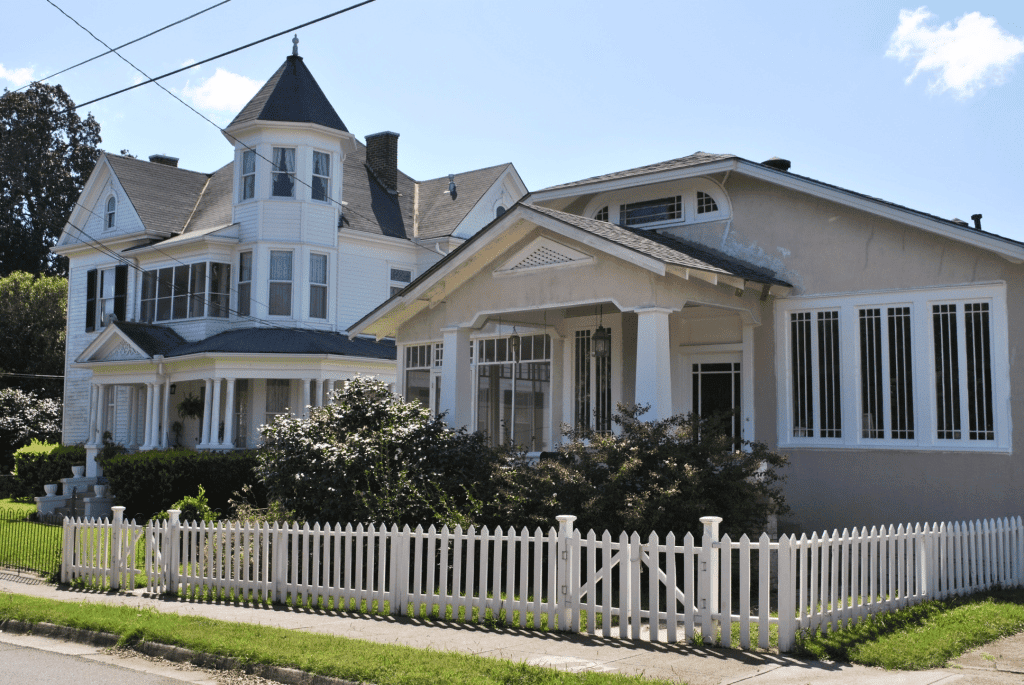
14. LQC Lamar House Museum
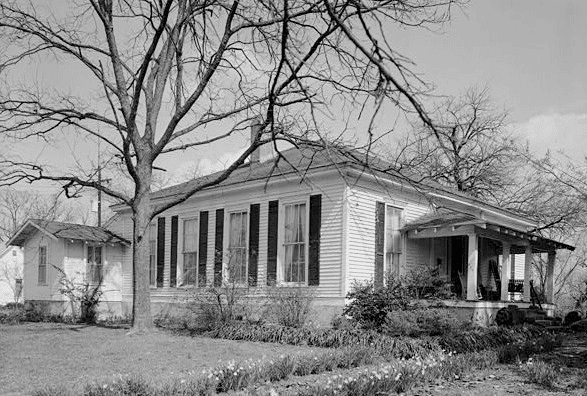
We move on to #14 on our list of the Top 15 Historic Sites In Mississippi. At #14 we’ve got a fascinating historic home with an amazing backstory. It’s the L.C.C. Lamar Hose Museum located in Meridian, Mississippi.
The house was built in 1858 and was the home of Lucius Quintus Cincinnatus Lamar, a prominent lawyer, politician, and statesman from Mississippi. Lamar was a member of the U.S. House of Representatives, the U.S. Senate, and he served as the United States Ambassador to Russia under President Grover Cleveland.
During the American Civil War, Lamar served as a Confederate States Army officer and later served in the Confederate Congress.
He Helped To Establish Mississippi State University
After the war, Lamar played a significant role in the rebuilding of the South and in the development of the Democratic Party in Mississippi. He also played a key role in the establishment of the Lamar School, now known as Mississippi State University.
The house was donated to the city of Meridian in 1964 by the Phillips family, who had owned it since the 1890s. The house was restored and converted into a museum, which opened to the public in 1968.
The museum features exhibits and artifacts that highlight the life and career of Lamar, as well as the history of Meridian and Mississippi during the 19th century. Visitors can also tour the house and see the original furniture and decor. The museum is open to the public, and it is managed by the city of Meridian.
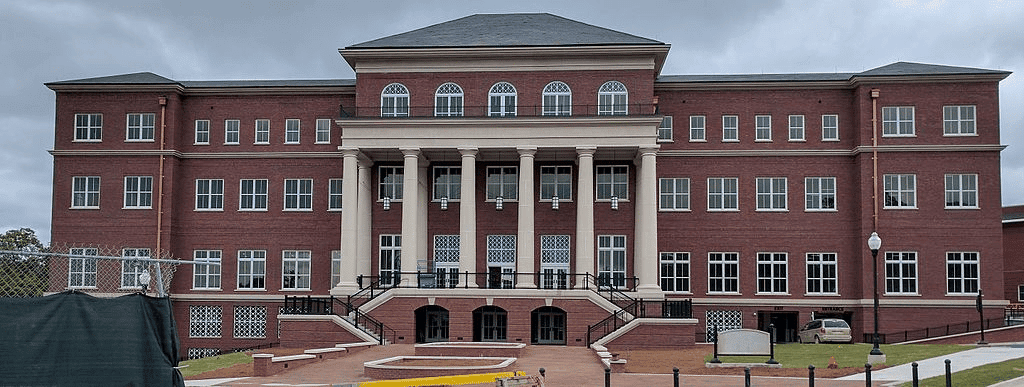
13. Windsor Ruins
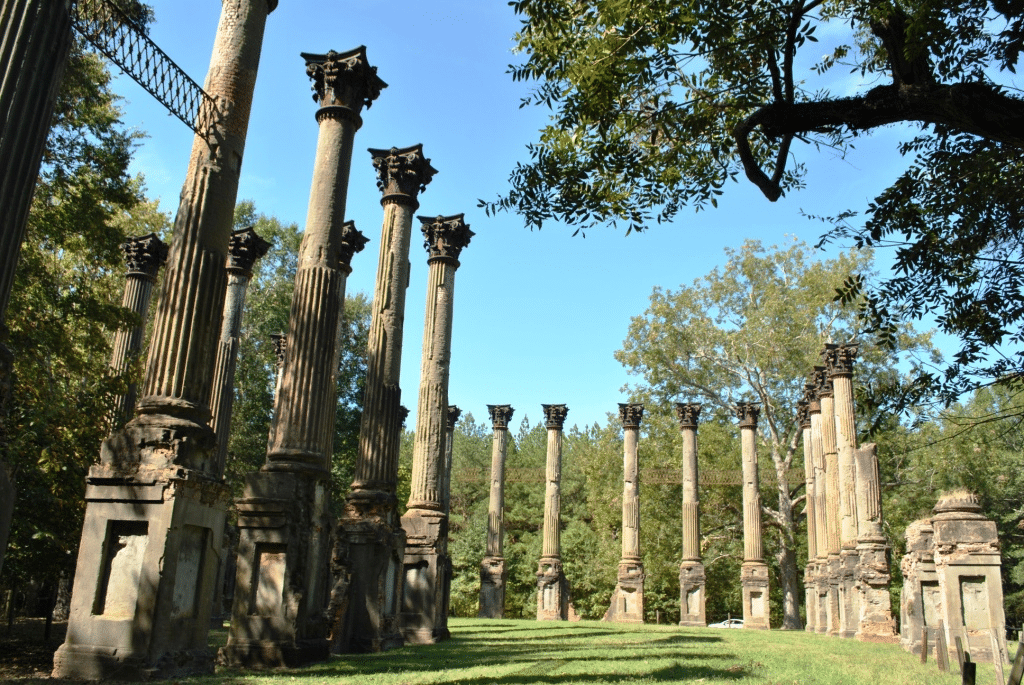
We move on to what was left of a magnificent antebellum mansion. At #13 we have the Windsor Ruins.
The Windsor Ruins are the remains of a large, antebellum Greek Revival mansion located near Port Gibson, Mississippi. The mansion was built in 1861 by Smith Coffee Daniell II, a wealthy planter and businessman, and was one of the largest and most impressive homes in the South at the time.
The mansion was a two-story, 23-room house with a portico supported by six massive columns. It was built with materials of the highest quality and craftsmanship and was said to be one of the most beautiful homes in the area.
The mansion was used as a hospital during the Civil War, and it was severely damaged by fire in 1890. The Daniell family was unable to afford the repairs, and the mansion fell into disrepair.
The house was abandoned, and over time, the roof and upper floors collapsed, leaving only the columns and the lower level walls standing. The ruins were acquired by the state of Mississippi in the 1960s, and it is now open to the public as a state park.
The Windsor Ruins are considered one of the most significant examples of antebellum architecture in the South and are listed on the National Register of Historic Places.
The ruins are open to the public, and visitors can tour the site, see the remaining columns and walls, and learn about the history of the mansion and the Daniell family. It’s also a popular location for photography and special events.
12. Waverly Mansion
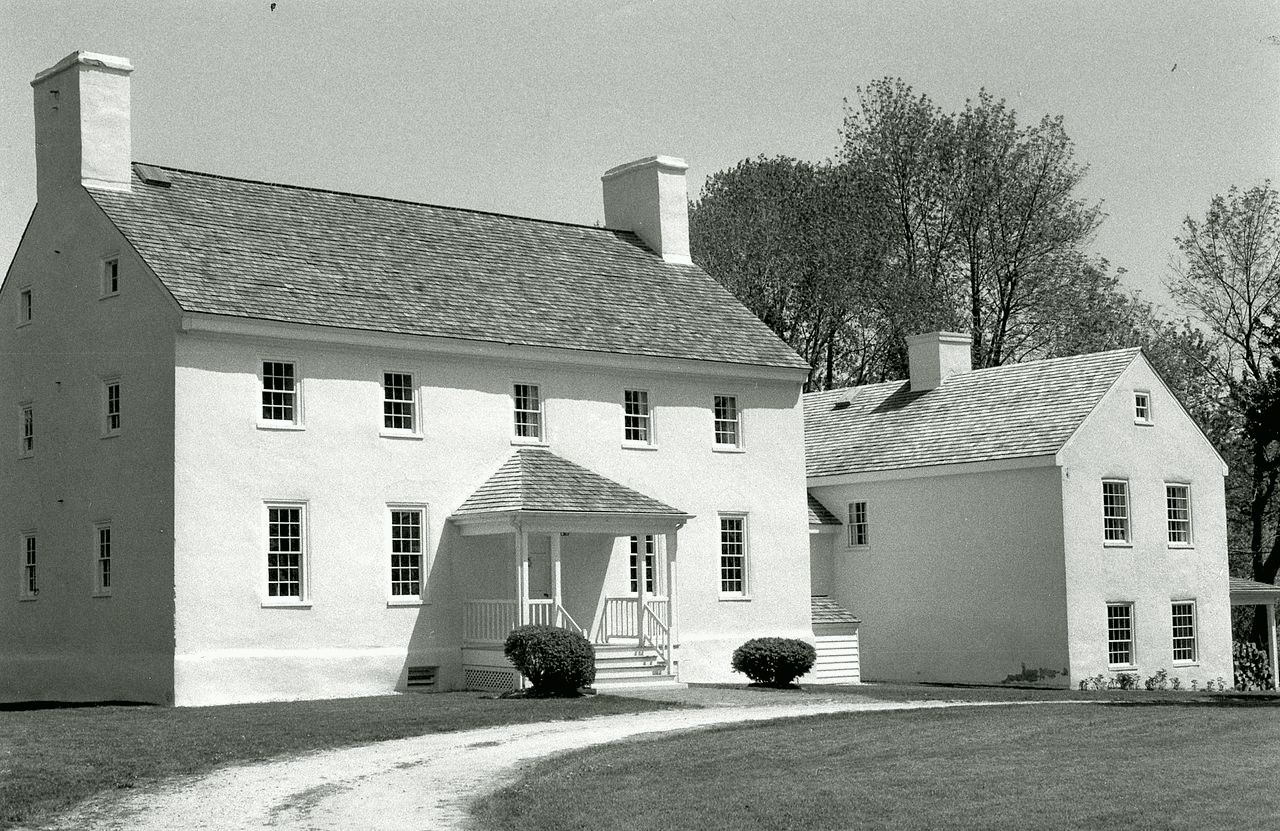
If you love old homes and historic mansions then Mississippi is a great place to visit, but we promise that it offers so much more than that. We’re just getting started with the Best Historic Sites In Mississippi. At #12, we’ve got yet another example of a magnificent southern home. It’s the Waverly Mansion.
Waverly Mansion is a historic antebellum home located in West Point, Mississippi. The mansion was built in 1852 by Colonel George Hampton Young and his wife Lucy. The construction of the home took two years and it was completed in 1854.
The mansion was designed in the Greek Revival style and featured many of the architectural elements popular during that time. The house was built with 26 rooms and boasted two sets of curved stairs in the front foyer, a formal dining room, and a large drawing room.
One Of The Most Influential Families In The Area
The Youngs were known for their wealth and were considered one of the most influential families in the area. They lived in the house until the start of the Civil War in 1861. During the war, the mansion was used as a hospital for Confederate soldiers. After the war, the Youngs moved to Memphis, Tennessee, and the house was rented out to various tenants.
In 1913, the mansion was purchased by Dr. David G. Lankford, who restored it to its former glory. Dr. Lankford was a prominent physician in the area and also served as a state senator. He and his wife lived in the house until their deaths in the 1940s.
In the 1950s, the mansion was purchased by Mr. and Mrs. Robert Snow, who opened it as a museum. The Snows restored the mansion and its grounds and opened it to the public for tours. They also added a gift shop and a restaurant on the property.
In 1973, Waverly Mansion was purchased by the state of Mississippi and is now maintained by the Mississippi Department of Archives and History. Today, visitors can tour the mansion and its grounds and learn about the history of the house and its former residents. The mansion is also a popular location for weddings and special events.
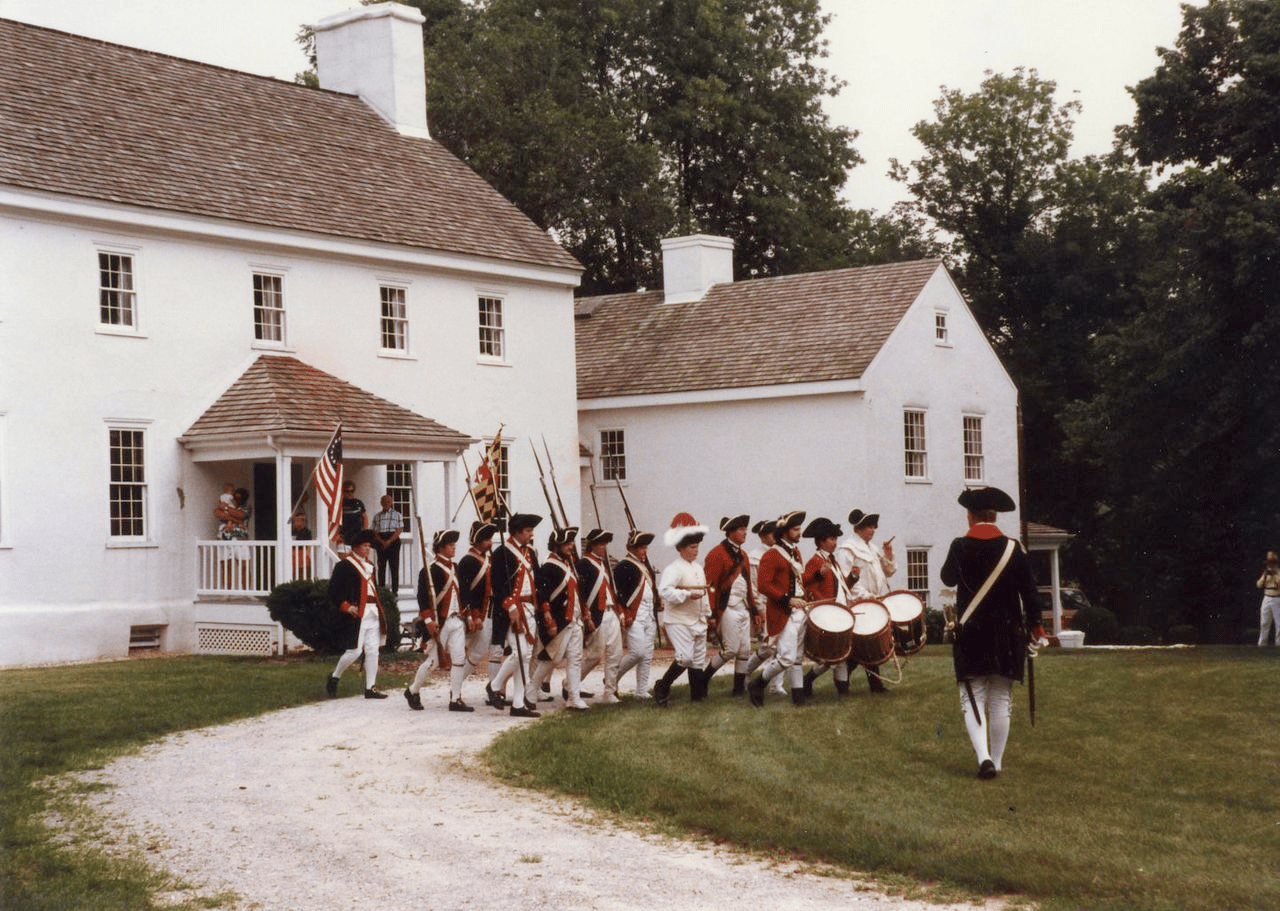
11. Emerald Mound Site
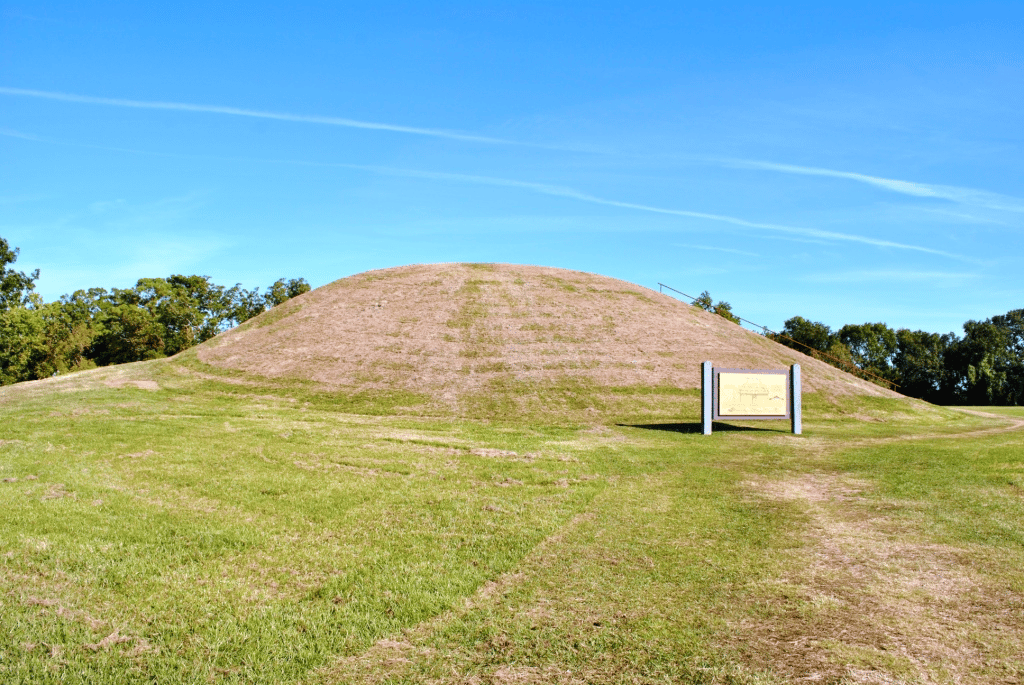
Now we’re turning our attention to much older history than the antebellum period. At #11 on our list of the Best Historic Sites In Mississippi is a site that goes way back. It’s the Emerald Mound Site.
The Emerald Mound Site is a Native American archaeological site located in Natchez, Mississippi. It is a pre-Columbian ceremonial center built by the Mississippians, an indigenous culture that lived in the region from around 1200 to 1730 AD.
The Emerald Mound is the second largest ceremonial mound in the United States, measuring 770 feet by 435 feet at its base, and rising to a height of 35 feet. It is thought to have been built in stages, with the first stage of construction dating back to around 1200 AD.
The mound was likely used for religious and political ceremonies and was probably the center of a large Mississippian community. The Mississippians were known for their elaborate religious rituals, and the Emerald Mound was likely an important site for these ceremonies.
Today, visitors to the Emerald Mound Site can explore the mound and learn about its history and significance. The site features a walking trail that leads visitors up the side of the mound to the top, where they can see a panoramic view of the surrounding area.
In addition to the Emerald Mound, the site also features several smaller mounds and a museum that showcases artifacts and information about the Mississippians and their culture. The museum features exhibits on the daily life of the Mississippians, their religious beliefs, and their social and political systems.
Top 10 Historic Sites In Mississippi
10. Biloxi Lighthouse

If you enjoy places with an amazing story behind them then this one will not disappoint you. We’re on to the Top 10 Historic Sites In Mississippi and we promise that this site will provide you with some illumination (pun intended).
At #10 we have the Biloxi Lighthouse.
The Biloxi Lighthouse was one of three Mississippi Sound lighthouses authorized in 1847 by legislation sponsored by Mississippi Representative Jefferson Davis.
The light was civilian operated from 1848 to 1939, and is notable for its several female lightkeepers, including Maria Younghans, who tended the light for 53 years. In 1939, the U.S. Coast Guard assumed responsibility for the light’s operation.
It Was Maintained By Female Lighthouse Keepers
This lighthouse is truly unique in two ways. First, it was one of the earliest cast-iron lighthouses to be built in the south. Second, it has a lengthy history of being maintained by female lighthouse keepers. Today, the renowned landmark serves as a sign of perseverance as it has withstood two severe hurricanes, Camille and Katrina.
Visitors to this historic lighthouse can see a 12-minute documentary about the Biloxi Lighthouse, narrated by Biloxi native and Miss America 1959 Mary Ann Mobley.
There are guided tours daily from 9 to 10 a.m., weather permitting. No reservations are required for these tours, except for group tours, which can be arranged by calling (228) 374-3105.
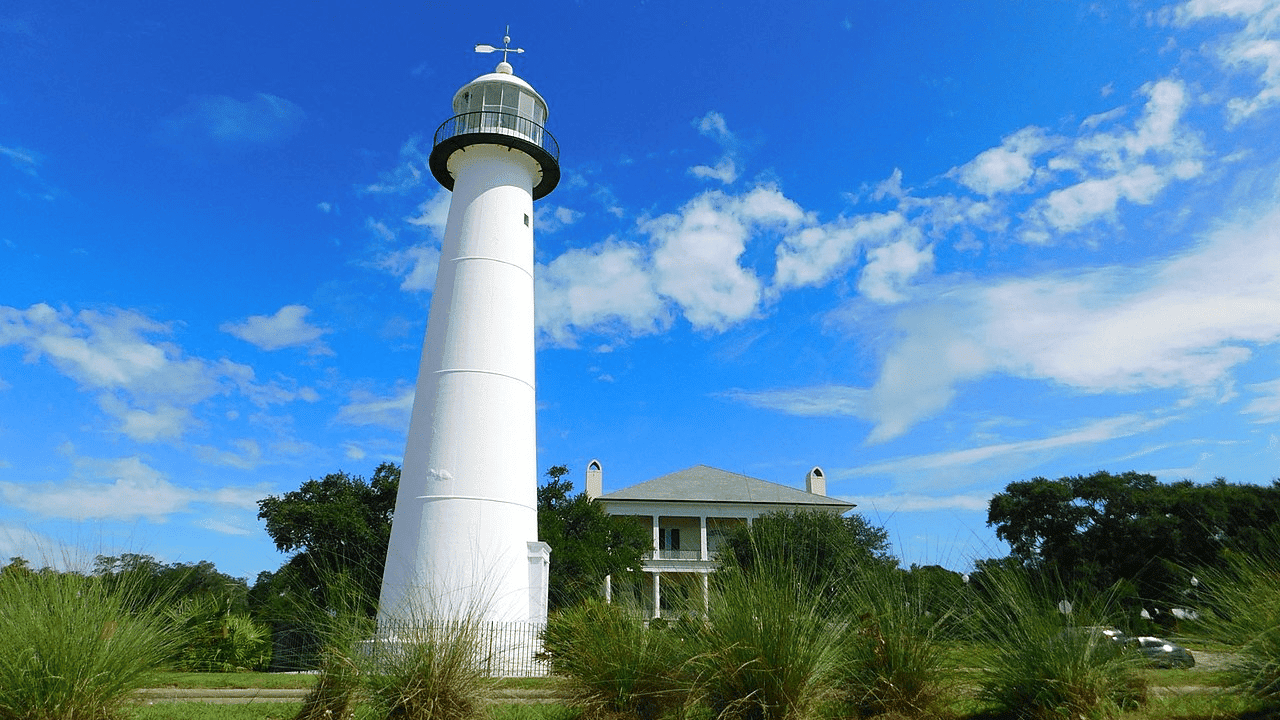
CHECK OUT: 25 FAMOUS Bucket List Landmarks In America
9. Old Capitol Museum

At #9 on our list of the Best Historic Sites in Mississippi we’ve got another great historic site with another great story to tell. It’s Old Capitol and it’s Mississippi’s most historic building.
Built in 1839, it was the site of some of the state’s most significant legislative actions, such as the passage of the 1839 Married Women’s Property Act, Mississippi’s secession from the Union in 1861, and the crafting of the 1868 and 1890 state constitutions.
It’s A Free Museum
It’s a free museum which explores the distinguished history of the building and the events that have taken place in it. There are interactive multimedia exhibits exploring the roles of the legislature, governor, and high court, as well as the importance of historic preservation to the state.
It’s a National Historic Landmark, and one of the country’s premier examples of Greek Revival public architecture. When it was built in 1839, the massive limestone exterior, copper dome, and grand interior spaces made the Old Capitol the most distinguished building in Mississippi.
And while you’re there be sure to check out the Mississippi Hall of Fame. It honors distinguished Mississippians, including artist Walter Anderson, author Eudora Welty, civil rights hero Medgar Evers, Choctaw chief Pushmataha, and federal judge Burnita Shelton Matthews.

CHECK OUT: 10 MUST-SEE Historic Sites In Alabama
8. Mississippi Civil Rights Museum
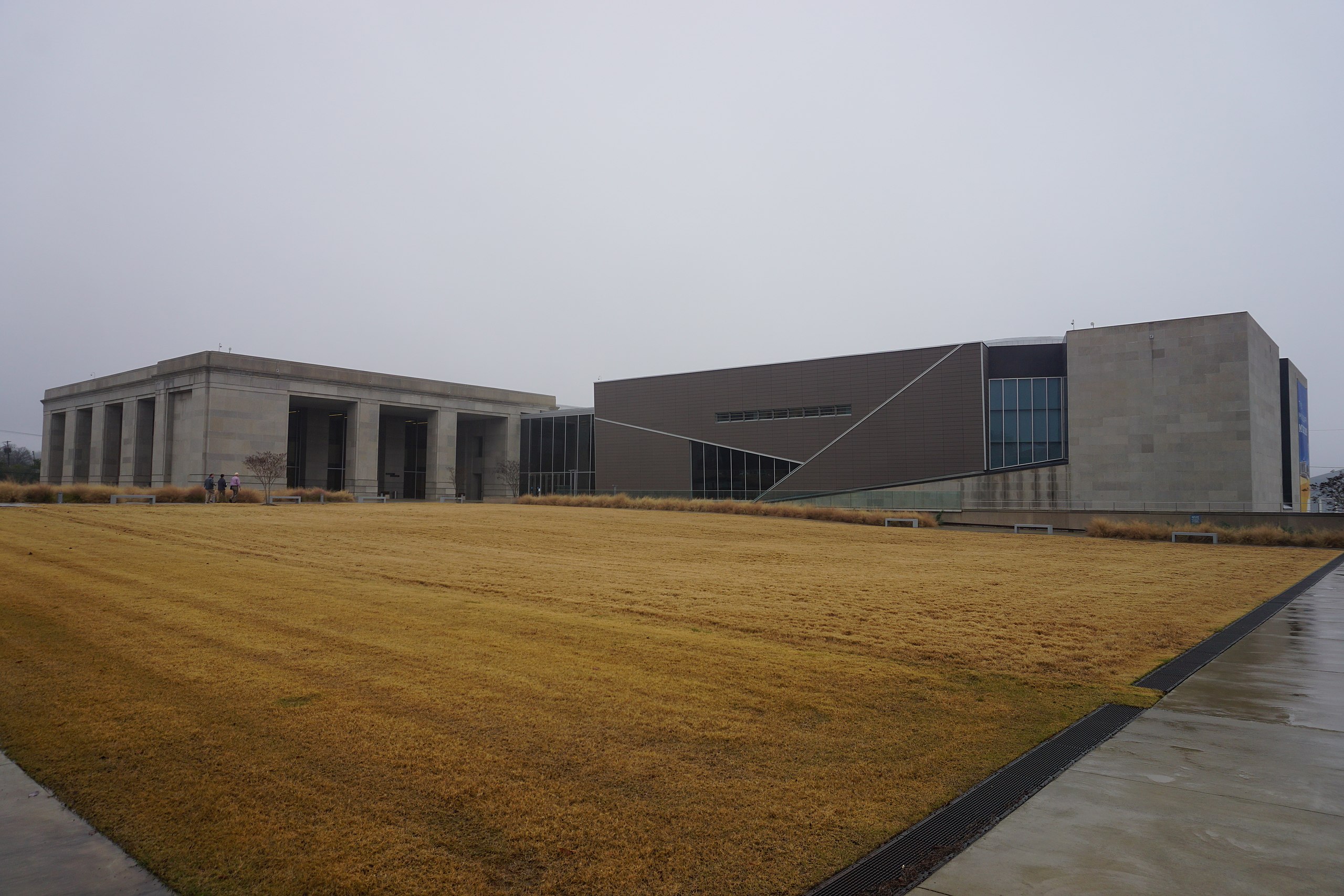
When we prepare our list of the best historic sites we strive to include fascinating places which tells stories representative of different time periods and different events in American history. Our next site is a great example of a more recent story which still resonates today.
At #8 on our list of the Best Historic Sites In Mississippi is the Mississippi Civil Rights Museum.
The Mississippi Civil Rights Museum is dedicated to the history of the Civil Rights movement in Mississippi, located in Jackson, Mississippi. The museum was opened in 2017 and is a part of the Mississippi Department of Archives and History.
The museum features eight galleries that chronicle the history of the civil rights movement in Mississippi, beginning with the slave trade and ending with the present day struggle for civil rights.
The Exhibits Cover A Range Of Topics
The exhibits cover a range of topics, including segregation, the struggle for voting rights, the role of music in the movement, and the impact of the movement on the state of Mississippi and the nation as a whole.
The museum also features interactive exhibits, including a lunch counter where visitors can sit and experience what it was like to participate in a sit-in protest, and a voting booth where visitors can learn about the obstacles faced by African Americans in their struggle for the right to vote.
One of the highlights of the museum is a re-creation of the home of civil rights activist Medgar Evers, who was assassinated in front of his home in Jackson in 1963. The exhibit features artifacts from Evers’ life and a replica of his home.
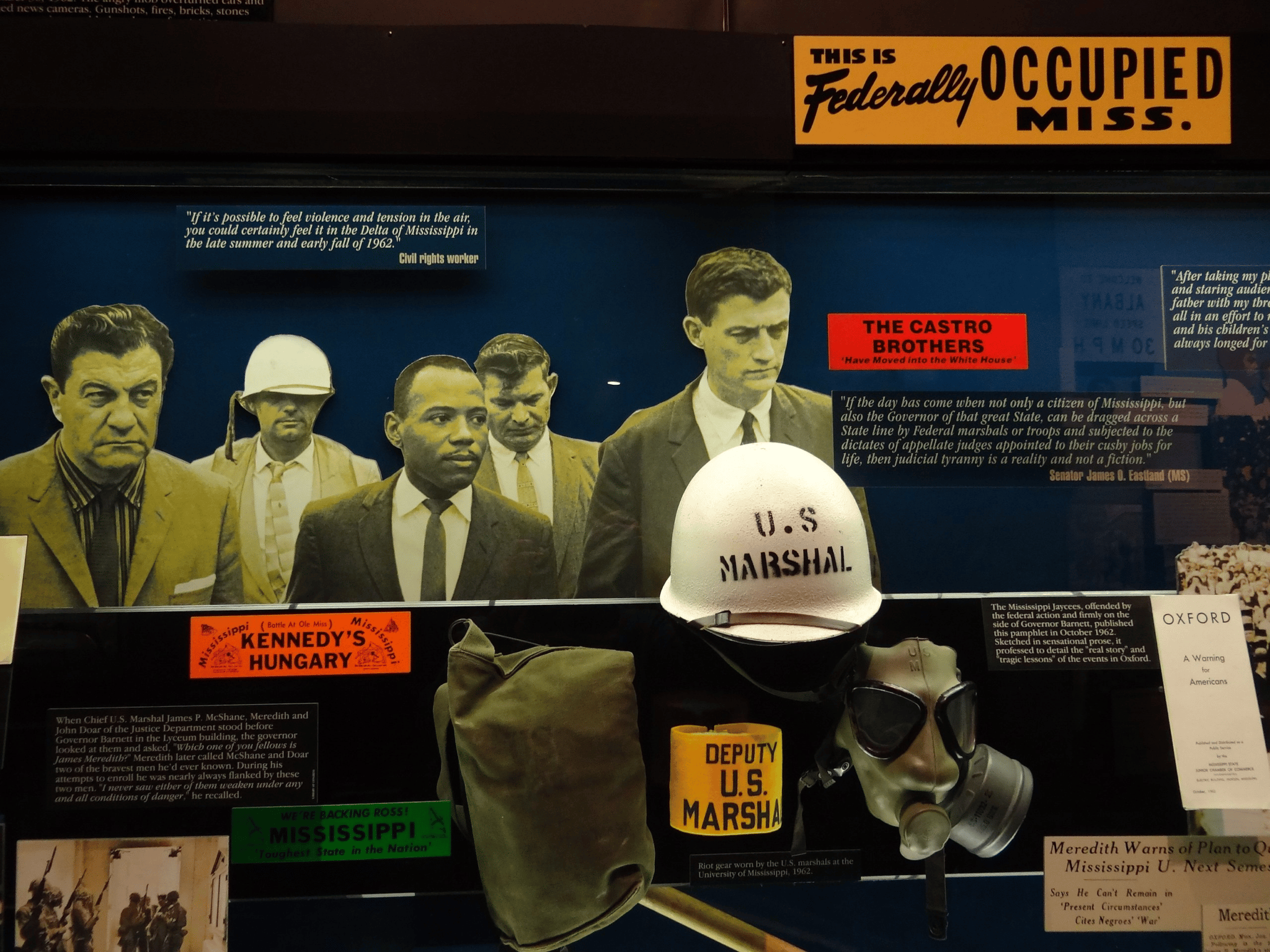
CHECK OUT: 15 MUST-SEE Historic Sites In Georgia
7. Brices Cross Roads National Battlefield Site
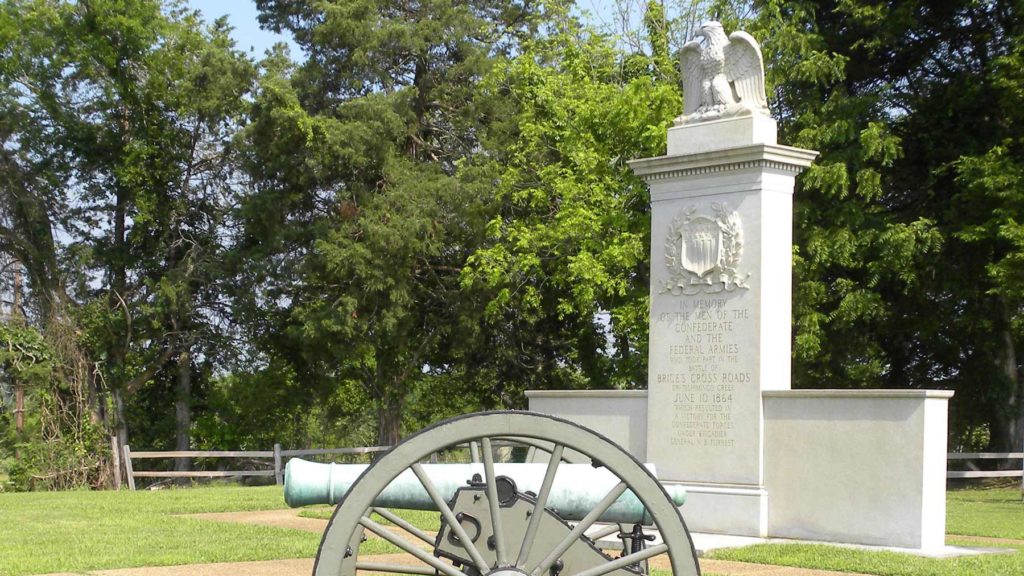
Of course, it’s impossible to prepare a list of the best historic sites in virtually any southern state and ignore the bloodiest conflict in American history. Have no fear. If you’re someone who loves the history of the American Civil War then Mississippi does not disappoint and our next site is a case in point.
At #7 we have Brices Cross Roads National Battlefield Site.
The Brices Cross Roads National Battlefield Site, located near Baldwyn, Mississippi, is a national battlefield site that commemorates the Battle of Brices Cross Roads fought during the American Civil War.
The battle was fought on June 10, 1864, between Confederate and Union forces. The Confederate army, led by General Nathan Bedford Forrest, was able to defeat a larger Union force, led by General Samuel D. Sturgis.
The Battle Was A Significant Victory For The Confederacy
The battle was a significant victory for the Confederacy, as it prevented the Union army from advancing further into Mississippi and protected important supply lines for the Confederate army. The battle also demonstrated Forrest’s tactical skills as a commander.
The battlefield site was established in 1929, and it includes a visitor center with exhibits and artifacts related to the battle and the Civil War. The site also includes a walking trail that takes visitors to the key areas of the battlefield and includes interpretive markers that provide information on the battle and the troops who fought there.
The Brices Cross Roads National Battlefield Site is managed by the National Park Service, and it is open to the public for tours and educational programs. The site is also a popular destination for history enthusiasts and for those who want to learn more about the Civil War and its impact on the people and communities of Mississippi.

CHECK OUT: 10 MUST-SEE Historic Sites In North Carolina
6. Tupelo National Battlefield
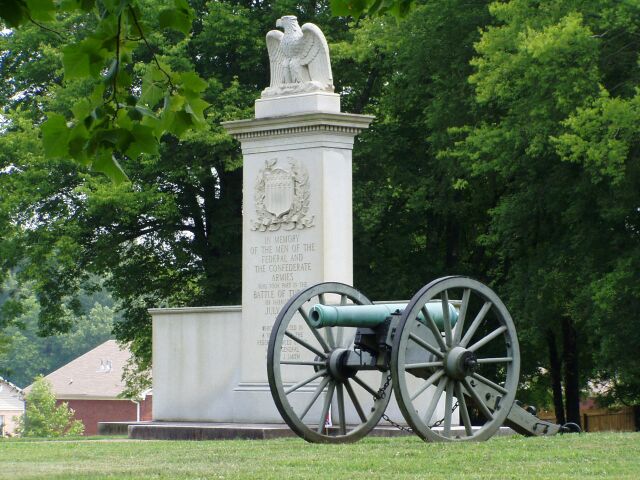
When it comes to the American Civil War, we’re just getting started. At #6 on our list of the Best Historic Sites In Mississippi is the Tupelo National Battlefield.
At Tupelo, visitors can walk the battlefield where history was made. The area is much smaller, however, than might be imagined. How did thousands of men manage to fit into this tiny space and fight a battle which inflicted hundreds of dead and wounded?
The actual battlefield was not preserved in its entirety so we may not know the real dimensions of physical space which the combatants had available during the battle.
What we do know is that the Tupelo National Battlefield is another place where history was made. It’s definitely worth seeing and experiencing.
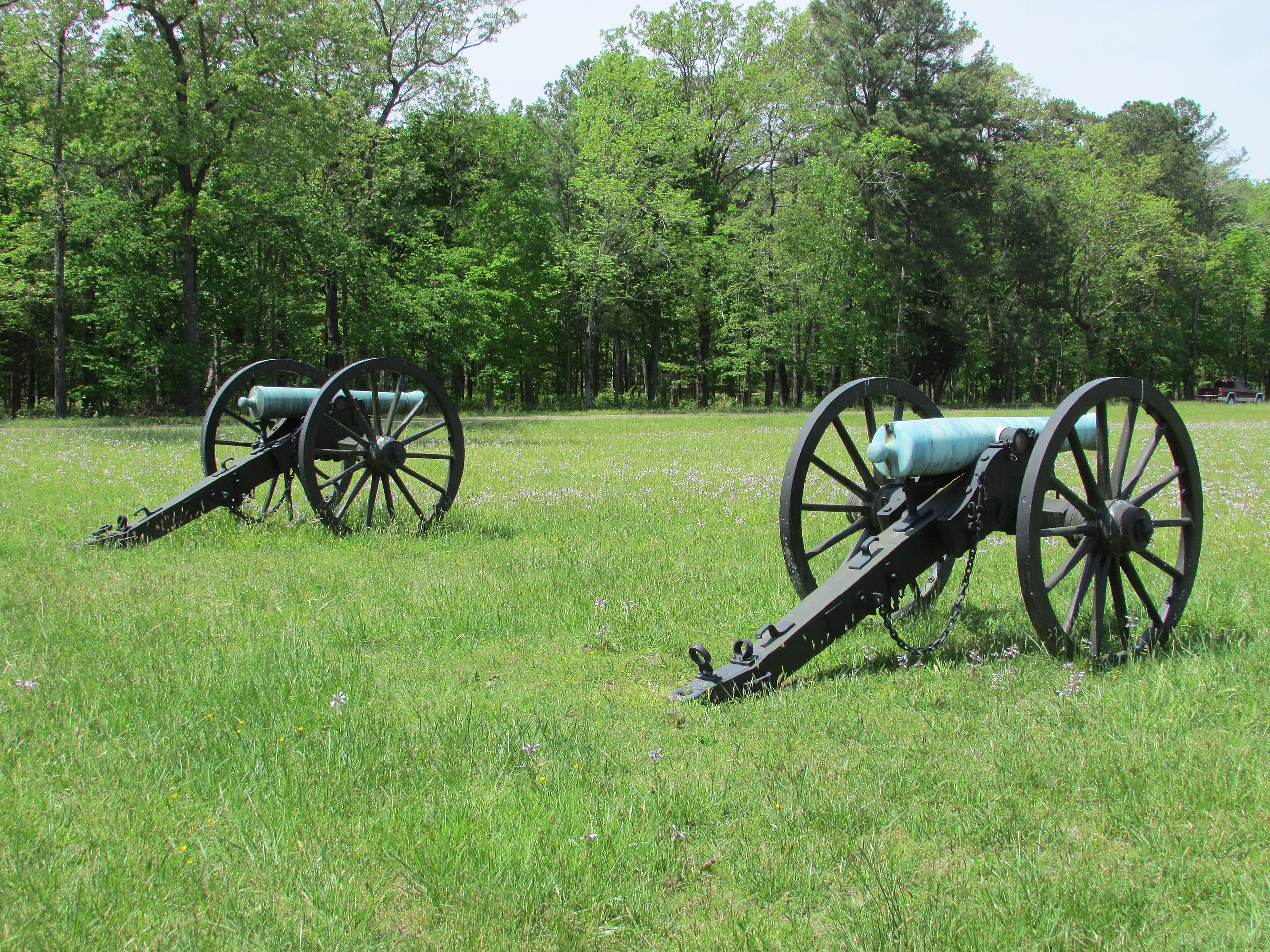
Visit the Tupelo Veterans Museum
And while you’re in Tupelo, check out the Tupelo Veterans Museum.
It’s a local tribute to the brave men and women who defended our country in the Civil War, World War I, World War II, Korean War, Vietnam War and the modern Desert Storm and Iraqi Wars.
The museum is filled with wartime exhibits covering the heights and depths of the human experience. It reminds us that freedom isn’t free by honoring the men and women who have helped to keep us free.
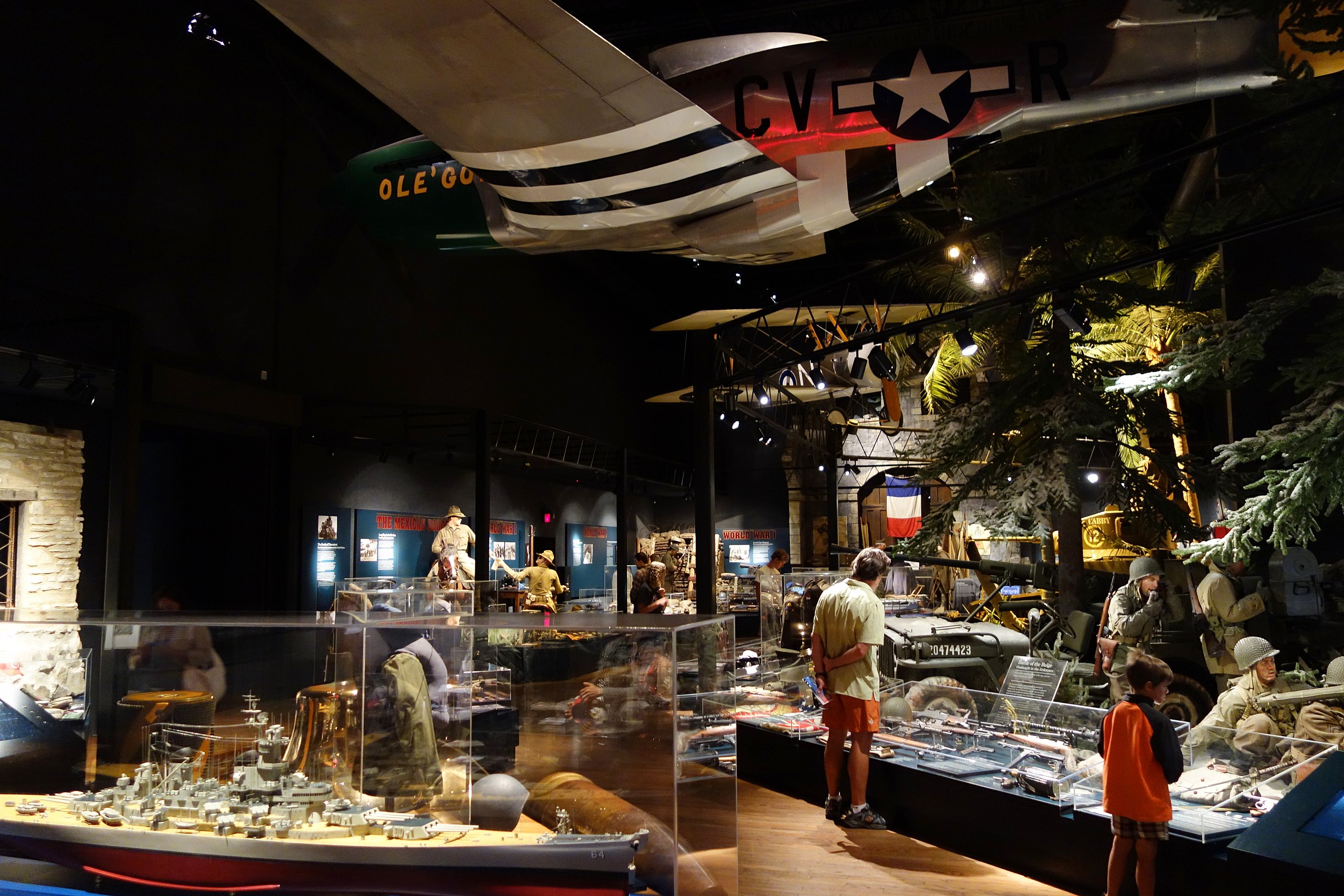
CHECK OUT: 15 MUST-SEE Historic Sites In Ohio
The Top 5 Historic Sites In Mississippi
5. Elvis Presley Birthplace & Museum
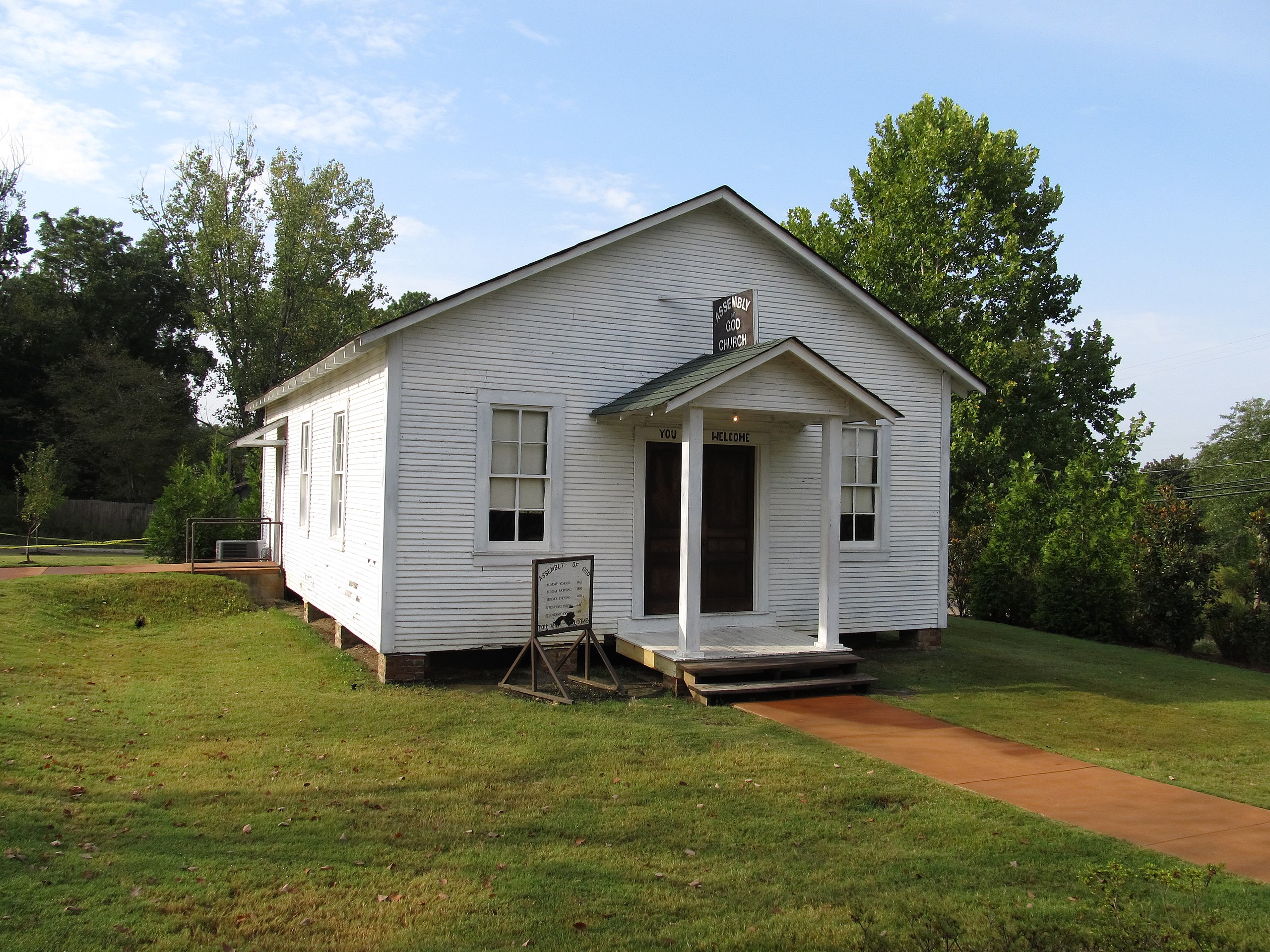
We’re on to our Top 5 Historic Sites In Mississippi. Our #5 site is one where you can learn about royalty as Mississippi is the home of the “King of Rock & Roll.” At #5 we have none other than the Elvis Presley Birthplace & Museum.
In 1954, Elvis Presley kicked off a musical revolution by modernizing traditional genres such as blues, country and bluegrass for contemporary (and more youthful) audiences.
“If you’re looking for trouble,” Elvis Presley warned the audience at the opening of his December 3rd, 1968, television special, “you’ve come to the right place.” What Presley gave his audiences was a revolution which transformed Rock & Roll catapulting him to the top of the charts in the process.
He Made Rock & Roll The International Language Of Pop
His influence on this important genre cannot be overstated. According to Rolling Stone, “it was Elvis who made rock ‘n’ roll the international language of pop.”
The Rolling Stone Encyclopedia of Rock & Roll describes Presley as “an American music giant of the 20th century who single-handedly changed the course of music and culture in the mid-1950s”.
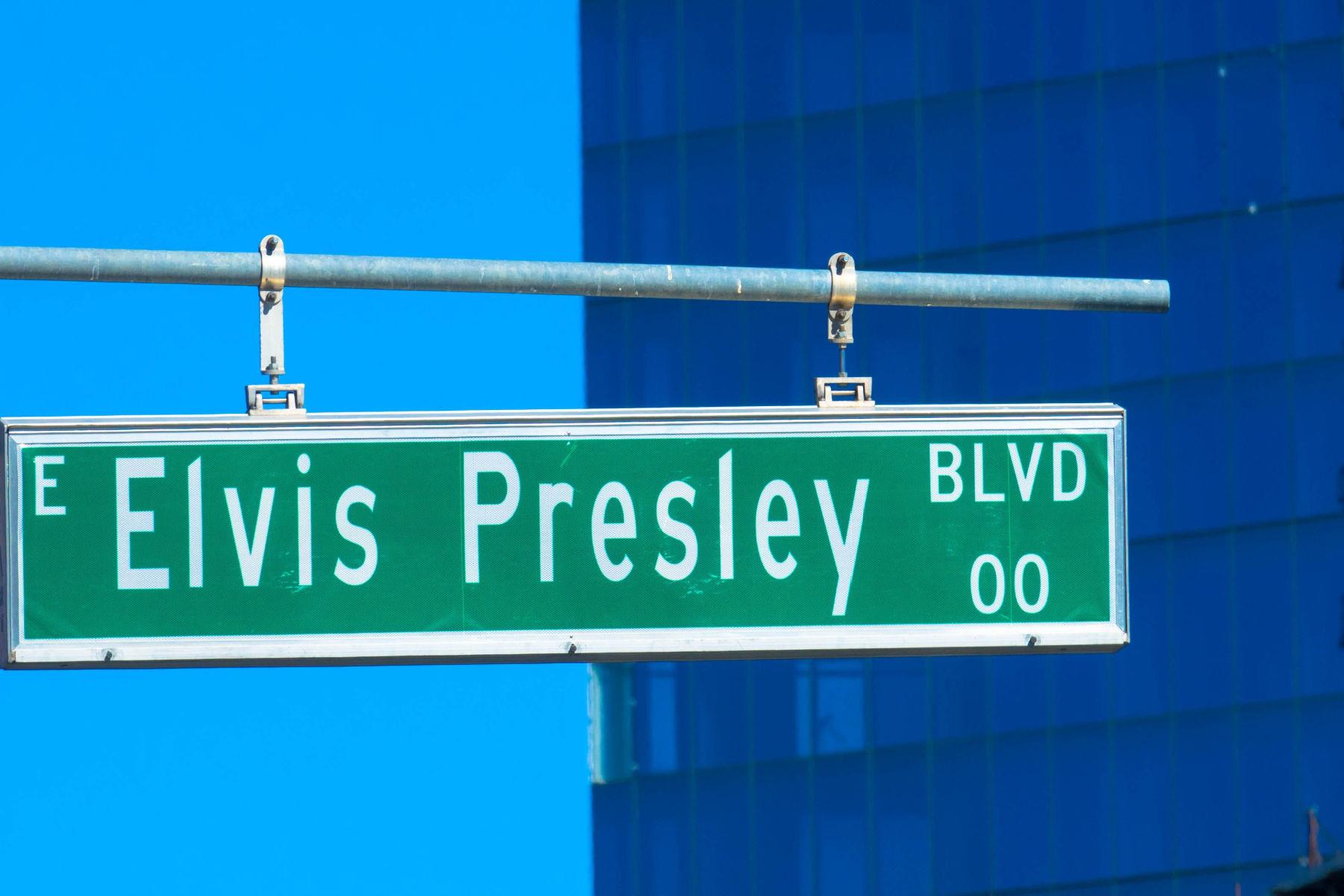
CHECK OUT: 15 MUST-SEE Historic Sites In Pennsylvania
Things To Do
Here are some things to do at the Elvis Presley Birthplace & Museum:
- Visit the Birthplace: Start your tour by visiting the small, two-room house where Elvis Presley was born on January 8, 1935. The house has been preserved and restored to its original state and contains period furnishings that reflect the Presley family’s lifestyle at the time.
- Explore the Museum: The museum houses a collection of artifacts, memorabilia, and exhibits that showcase the life and career of Elvis Presley. It includes his childhood, early musical influences, his rise to fame, his movie career, and his impact on popular culture.
- Walk the Walk of Life: Stroll through the Walk of Life, a pathway lined with bronze plaques that highlight key moments in Elvis’s life and career.
- Visit the Chapel: The Chapel, built in memory of Elvis’s twin brother Jesse Garon, who died at birth, is a replica of the church the Presley family attended when Elvis was a child.
- Check out the Gift Shop: The gift shop offers a wide range of Elvis Presley souvenirs, memorabilia, and merchandise, including t-shirts, posters, and CDs.
- Take a guided tour: The museum offers guided tours of the Birthplace, Museum, Chapel, and surrounding grounds. The knowledgeable tour guides will provide you with interesting facts and stories about Elvis’s life and legacy.
- Attend a Special Event: The Birthplace hosts several special events throughout the year, including the annual Tupelo Elvis Festival, which celebrates the life and music of Elvis Presley. Other events include concerts, book signings, and artist exhibitions.
- Enjoy the grounds: The Birthplace also features beautiful grounds, including a lake, walking trails, and a statue of Elvis as a young boy playing his guitar.
4. Natchez National Historical Park
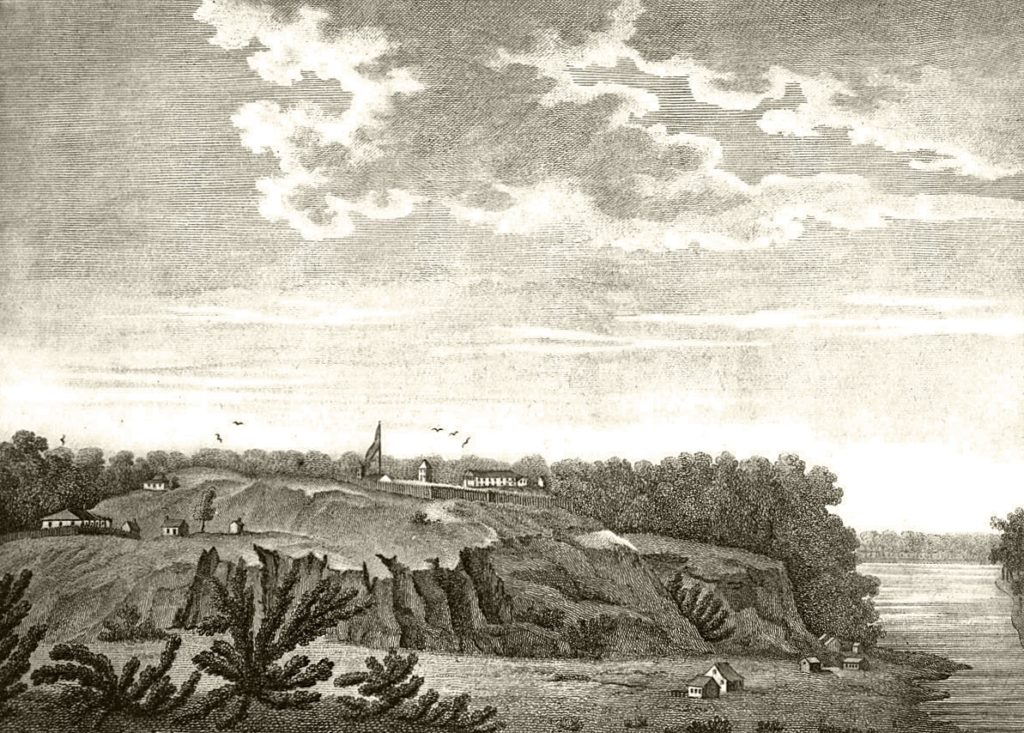
We’re on to our “Final Four” and we’re going from the King of Rock & Roll to a different type of king. In the Antebellum South, Cotton was king. At #4 on our list of the Best Historic Sites In Mississippi we have the Natchez National Historical Park.
Antebellum refers to the years prior to the Civil War. It was during this period that cotton emerged as the South’s major commercial crop eclipsing tobacco, rice, and sugar in economic importance.
By 1860, the region was producing two-thirds of the world’s cotton. How was the South able to produce so much? Excellent question.
In the eighteenth century, slavery appeared to be on the way out because the demand for slaves was decreasing. This was until 1793 and then everything changed.
Whitney & The Cotton Gin
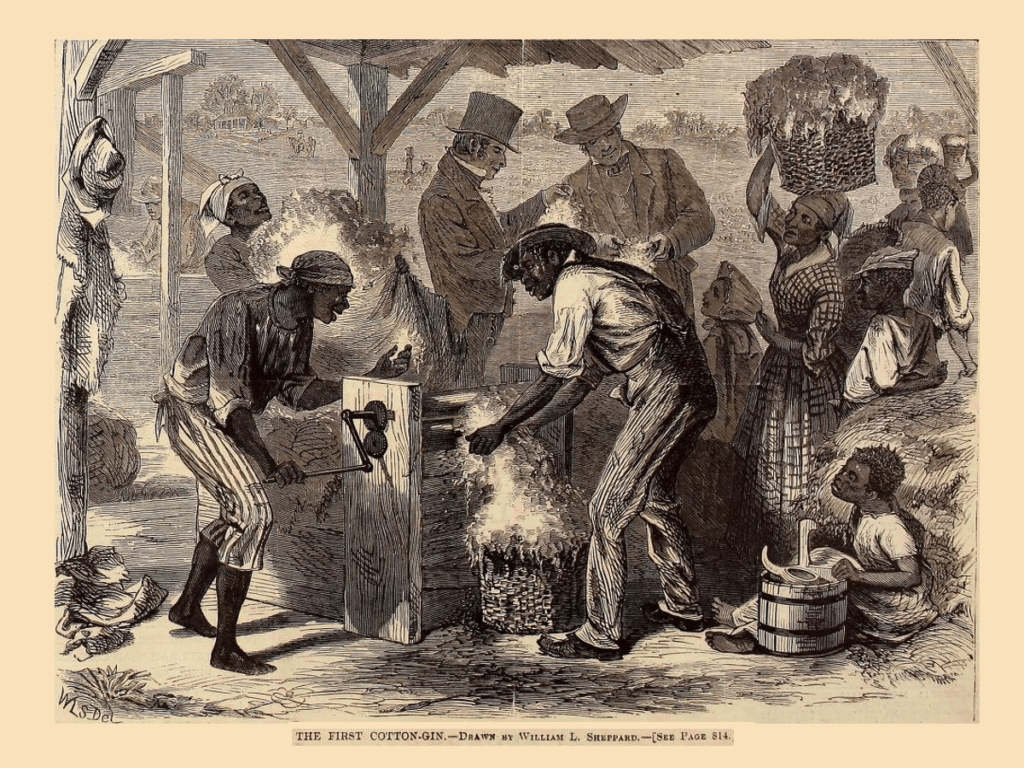
1793 was the year Eli Whitney went to Cumberland Island to help a former college friend expand his cotton crop. It was there where Whitney revolutionized the production of cotton by inventing the cotton gin, a device which separates the seeds from raw cotton.
Suddenly, a process that was extraordinarily labor-intensive when done by hand could be completed quickly and easily. While Whitney’s machine reduced the labor of removing seeds, it did not reduce the need for slaves to grow and pick the cotton.
In fact, cotton growing became so profitable for the planters that it greatly increased their demand for both land and slave labor. And this increased demand for slaves set the stage for the Civil War.
CHECK OUT: Whose Island Is It Anyway | A History & Guide To Cumberland Island
Natchez & The Cotton Economy
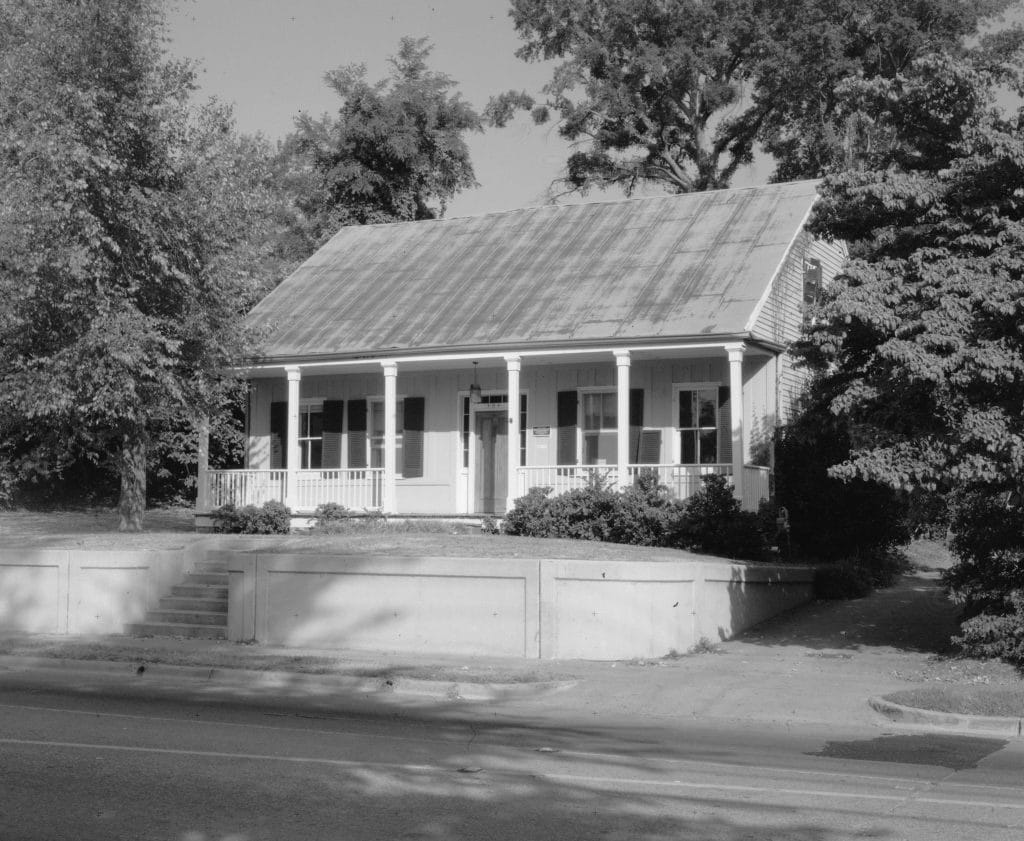
Natchez National Historical Park documents the role Natchez played in the creation of the Cotton Kingdom. The historical park is made up of three units, Fort Rosalie is the location of an 18th Century fortification built by the French and later occupied by the British, Spanish and Americans.
The William Johnson House was a house owned by William Johnson, a free African American businessman, whose diary tells the story of everyday life in Antebellum Natchez.
Melrose was the estate of John T. McMurran, a northerner who rose from being a middle class lawyer to a position of wealth and power in antebellum Natchez.
Visitors can capture a moment in history when people had built a lifestyle on the backs of an army of enslaved workers. A trip to this historic site helps visitors to understand life in the Antebellum South before the Civil War.
3. Medgar & Myrlie Evers Home National Monument
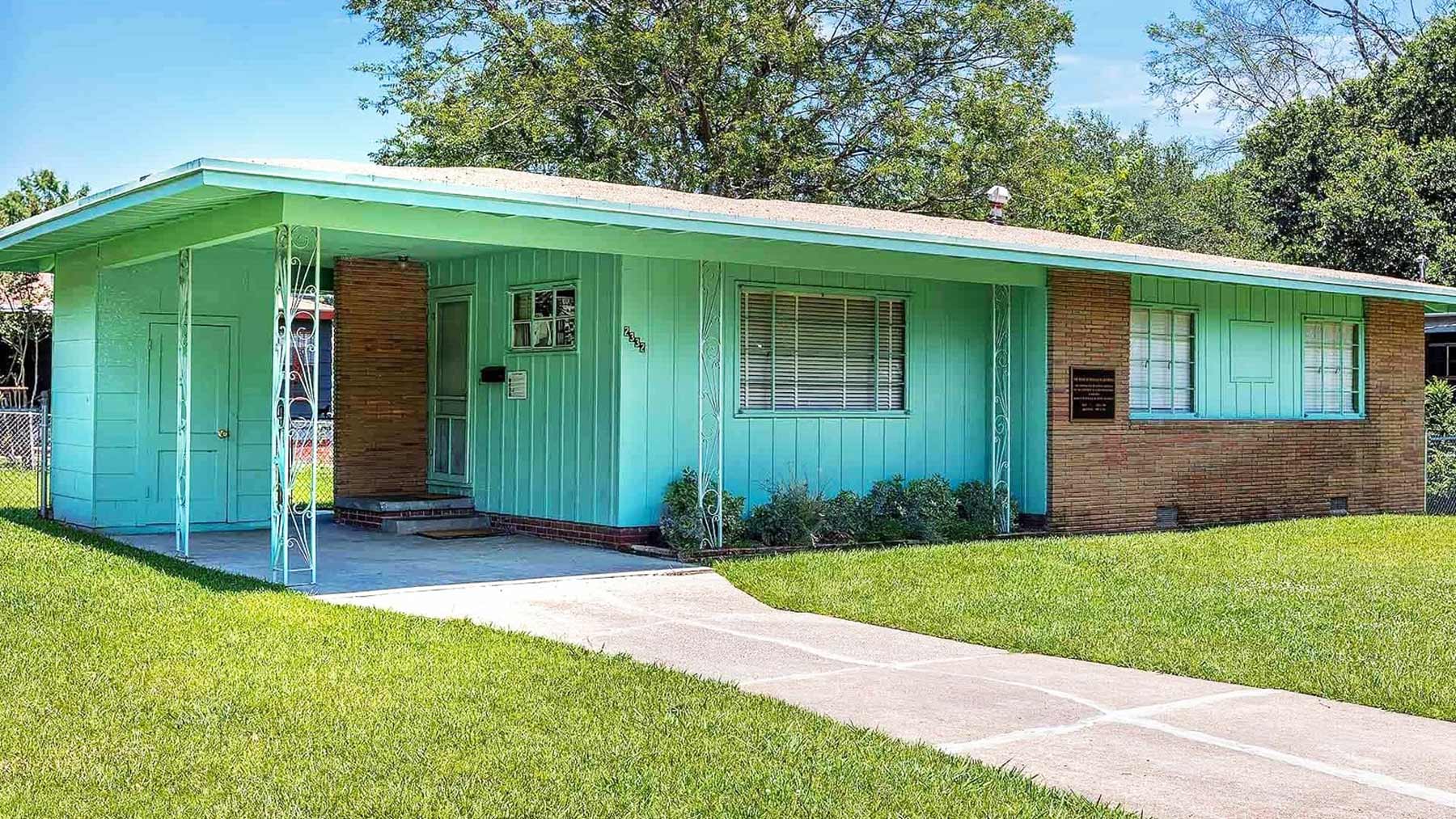
Mississippi was one of the pivotal states in the struggle for civil rights and social justice in America. In this regard, our next historic site has a powerful story to tell. At #3 on our list of the Best Historic Sites In Mississippi is the Medgar & Myrlie Evers Home National Monument.
The Medgar & Myrlie Evers Home National Monument honors the legacy of civil rights activists Medgar Evers and his wife Myrlie Evers. Medgar Evers was an African American civil rights leader who worked to end segregation and discrimination in Mississippi.
He was a leader in the Mississippi NAACP and played a key role in the Civil Rights Movement, particularly in the areas of voting rights and school desegregation. He was assassinated in front of his home in Jackson on June 12, 1963.
Myrlie Evers, Medgar’s wife, was also a civil rights activist and continued the work of her husband after his death. She was the first woman to chair the NAACP and also served as an Ambassador to the United Nations.
A National Monument
The Medgar & Myrlie Evers Home was purchased by the National Park Service in 2017 and was officially designated as a national monument in 2020. The home, where Medgar Evers was assassinated, has been preserved as it was on the day of the assassination and is open for tours.
The site includes a visitor center that displays exhibits on the Evers’ lives and their contributions to the Civil Rights Movement. The site also includes an interactive garden, a mural and a replica of Medgar Evers’ office.
The Medgar & Myrlie Evers Home National Monument is a powerful reminder of the struggles and sacrifices made by the Civil Rights activists and it is an important cultural and historical resource for education and reflection on civil rights and the ongoing struggle for racial justice in America.

CHECK OUT: 15 MUST-SEE Historic Sites In Texas
2. Shiloh Military Park
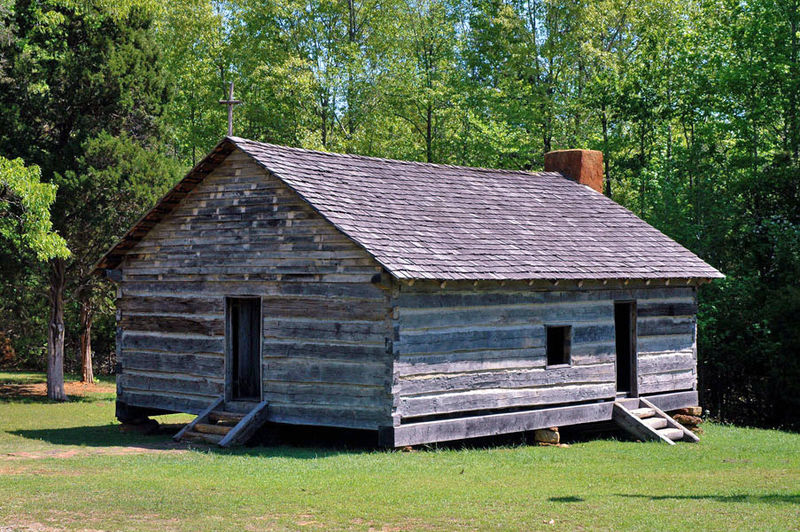
Our final two historic sites in Mississippi tell the story of the bloodiest conflict in American history at two of its more important places. In the runner-up position at #2 on our list of the Best Historic Sites In Mississippi is one of the bloodiest battles of the American Civil War. It’s Shiloh Military Park.
Shiloh Military Park is a national military park located in southwestern Tennessee that commemorates the Battle of Shiloh, which took place on April 6-7, 1862.
The battle, also known as the Battle of Pittsburg Landing, was one of the first major engagements of the Civil War in the Western Theater and resulted in a Union victory. The battle was fought between the Confederate Army of Mississippi, led by General Albert Sidney Johnston, and the Union Army of the Tennessee, led by General Ulysses S. Grant.
The battle resulted in heavy casualties on both sides, with over 23,000 soldiers killed, wounded or missing. The Union army was able to repel the Confederate attack, and the victory marked a turning point in the war in the Western Theater and helped establish General Grant as a significant military leader.
The Park Is Also Home To A National Cemetery
Shiloh Military Park was established in 1894, and it includes a visitor center with exhibits and artifacts related to the battle and the Civil War. It also includes a walking trail that takes visitors to the key areas of the battlefield and includes interpretive markers that provide information on the battle and the troops who fought there.
The park also includes several monuments, memorials, and markers dedicated to the soldiers who fought in the battle, including the Illinois Memorial, the Indiana Memorial and the Wisconsin Memorial.
The park is also home to the Shiloh National Cemetery, where many of the soldiers who died in the battle are buried.
Shiloh Military Park is managed by the National Park Service, and it is open to the public for tours and educational programs. It’s a popular destination for history enthusiasts and for those who want to learn more about the Civil War and its impact on the people and communities of the region.
CHECK OUT: 15 MUST-SEE Historic Sites In Virginia
Things To Do At Shiloh
Here are some things to do at Shiloh military park:
- Visit the Visitor Center: Start your tour by visiting the Visitor Center, where you can learn about the battle and the park’s history. The center has a museum that includes exhibits, artifacts, and multimedia displays that depict the Civil War’s events and impact.
- Take a Guided Tour: The park offers several guided tours led by knowledgeable rangers, including battlefield tours, interpretive walks, and living history demonstrations. These tours provide valuable insights into the battle’s events and the park’s history.
- Explore the Battlefield: The park covers over 4,200 acres and includes hiking trails, picnic areas, and scenic overlooks. You can take a self-guided driving tour or hike through the park to explore the battlefield and its monuments, memorials, and historical markers.
- Visit the Cemetery: The park includes the Shiloh National Cemetery, where thousands of Union and Confederate soldiers are buried. The cemetery is located near the Visitor Center and is a somber reminder of the human toll of the Civil War.
- Attend Special Events: The park hosts several special events throughout the year, including living history demonstrations, reenactments, and commemorative ceremonies. Check the park’s website for a schedule of upcoming events.
- Learn about the Civil War: Shiloh National Military Park is a great place to learn about the American Civil War’s events and impact. The park offers educational programs and resources for teachers, students, and history enthusiasts.
- Enjoy Nature: The park is home to a variety of wildlife, including deer, foxes, and bald eagles. You can also enjoy fishing and boating on the nearby Tennessee River.
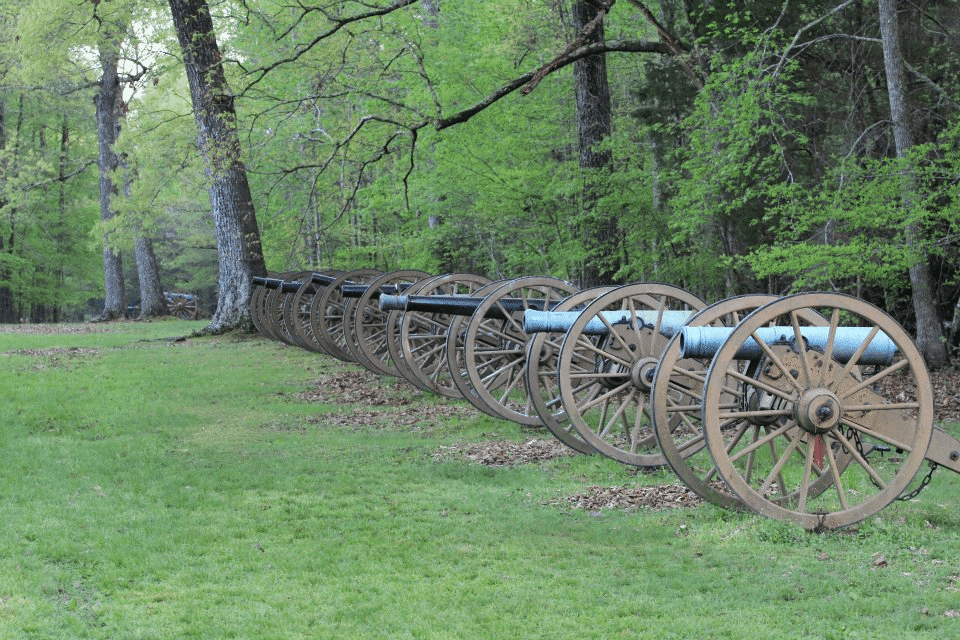
To Learn More About Shiloh
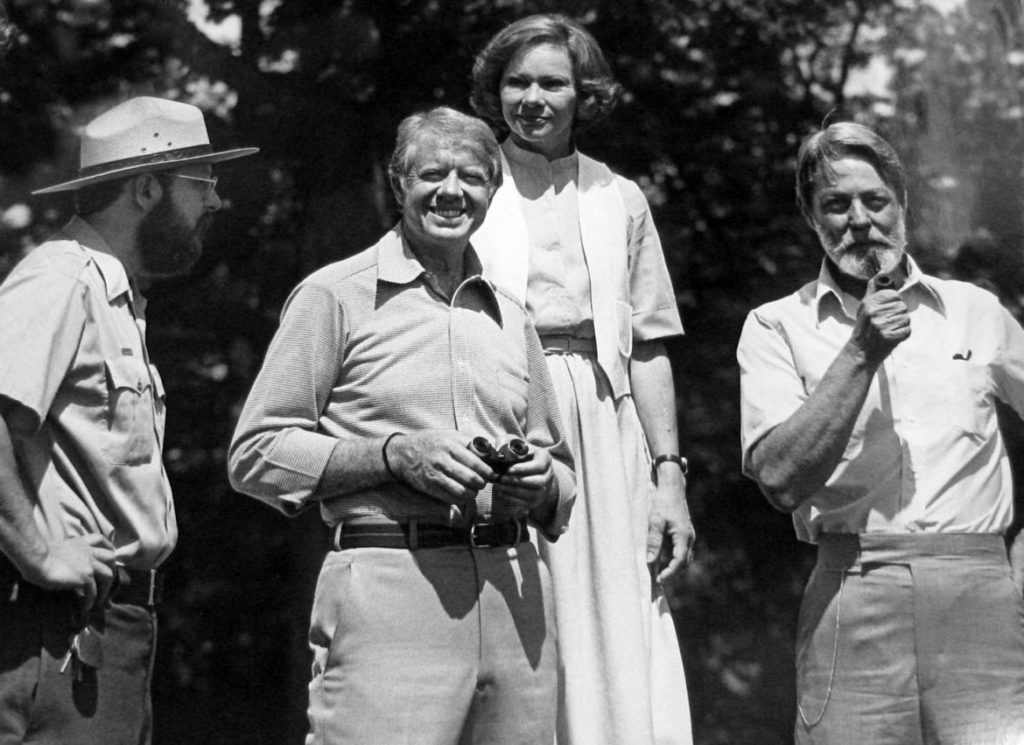
So many books have been written about the Civil War and the various battles that took place. Of course, the big three authors when it comes to war are, in my humble opinion, Bruce Catton, Shelby Foote and James M. McPherson.
What these three have written are the best collections of books encompassing the war as a whole. You can’t go wrong with any of these authors.
My personal favorite is Shelby Foote. I have read his fabulous three volume history of the Civil War–twice!
When it comes to the Battle of Shiloh, however, I’m going to recommend three books none of which have been written by the three men mentioned above (please forgive me).
To gain an understanding of this battle, its strategic importance, and how it influenced the outcome of the war, I recommend:
To gain an understanding of this battle, its strategic importance, and how it influenced the outcome of the war, I recommend:
- Shiloh and the Western Campaign of 1862, by O. Edward Cunningham
- Shiloh, Bloody Shiloh by Wiley Sword
- Shiloh: The Battle That Changed the Civil War by Larry J. Daniel.
1. Vicksburg National Military Park
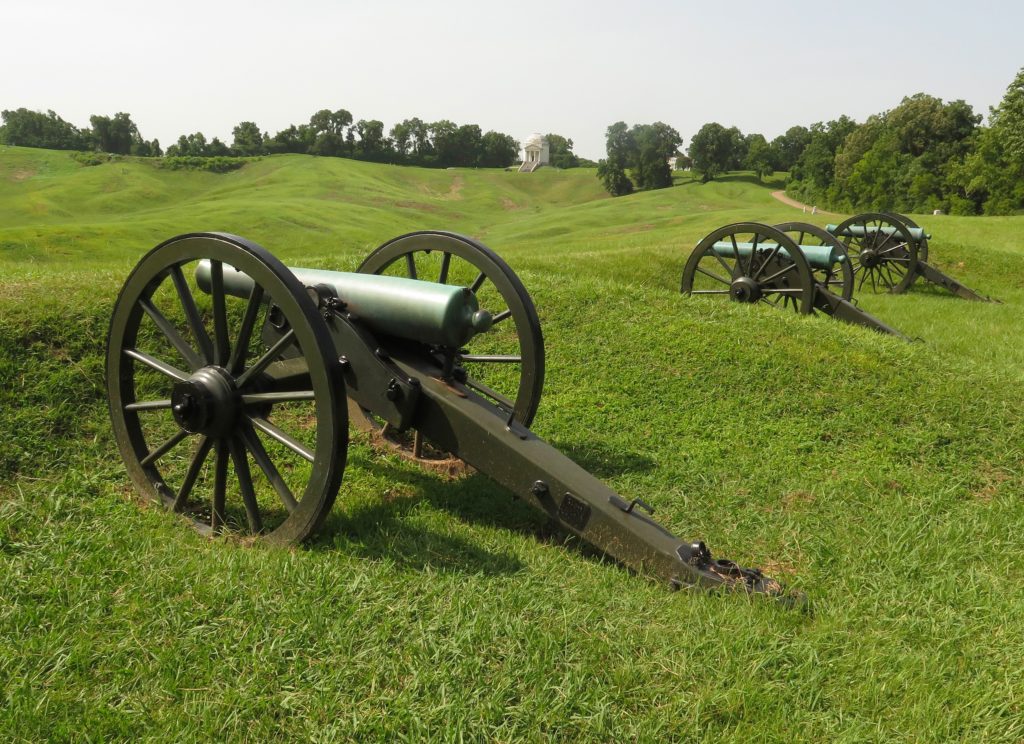
Drumroll please. As the #1 Historic Site In Mississippi, More Than Just Parks has selected Vicksburg National Military Park.
Why? Because Vicksburg National Military Park is a site which commemorates what some Civil War Historians consider to have been the most significant battle of the American Civil War-The Battle Of Vicksburg.
It has been recognized around the world as one of the greatest military campaigns in history.
According to John Henry McCracken, Professor of History Emeritus at Lafayette College, it was at Vicksburg that Ulysses S. Grant learned that only hard, long fighting and logistics would win the war.
Cutting The South In Two
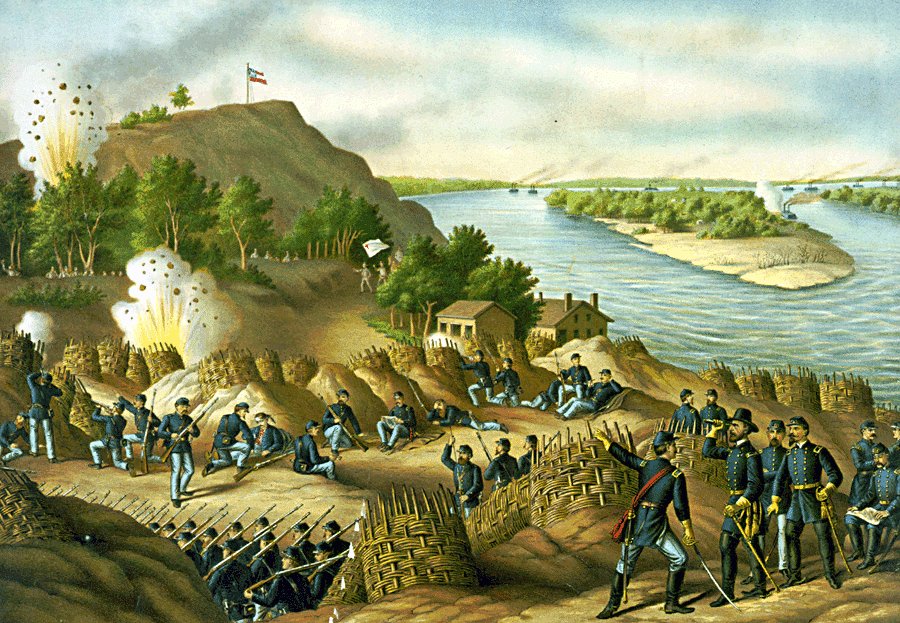
The victory cut the South in two and doomed their efforts in the West.
How did Grant do it? He moved his army along the west bank of the Mississippi River to get below Vicksburg, where he completed a well-planned amphibious crossing of the Mississippi and took a daring gamble to feed his army off the countryside.
“IN JUST SEVENTEEN DAYS, GRANT MOUNTED THE LARGEST AMERICAN AMPHIBIOUS OPERATION UP TO THAT TIME, MARCHED 130 MILES, FOUGHT AND WON FIVE MAJOR BATTLES, CAPTURED A CONFEDERATE STATE CAPITAL AND FORCED THE GOVERNMENT TO FLEE, AND BESIEGED THE MOST IMPORTANT CONFEDERATE STRONGHOLD.
-B.A. FRIEDMAN, VICKSBURG: THE PAST AND FUTURE OF AMPHIBIOUS OPERATIONS
THE VICKSBURG CAMPAIGN, IN ITS VERY CONCEPTION, WAS AT LEAST AS BOLD AS MACARTHUR’S INCHON LANDINGS 85 YEARS LATER.”
There are some excellent books on the Battle of Vicksburg.
One of my favorites is Vicksburg: Grant’s Campaign That Broke the Confederacy by Donald L. Miller. Another is Vicksburg, 1863 by Winston Groom.
Things To Do At Vicksburg National Military Park
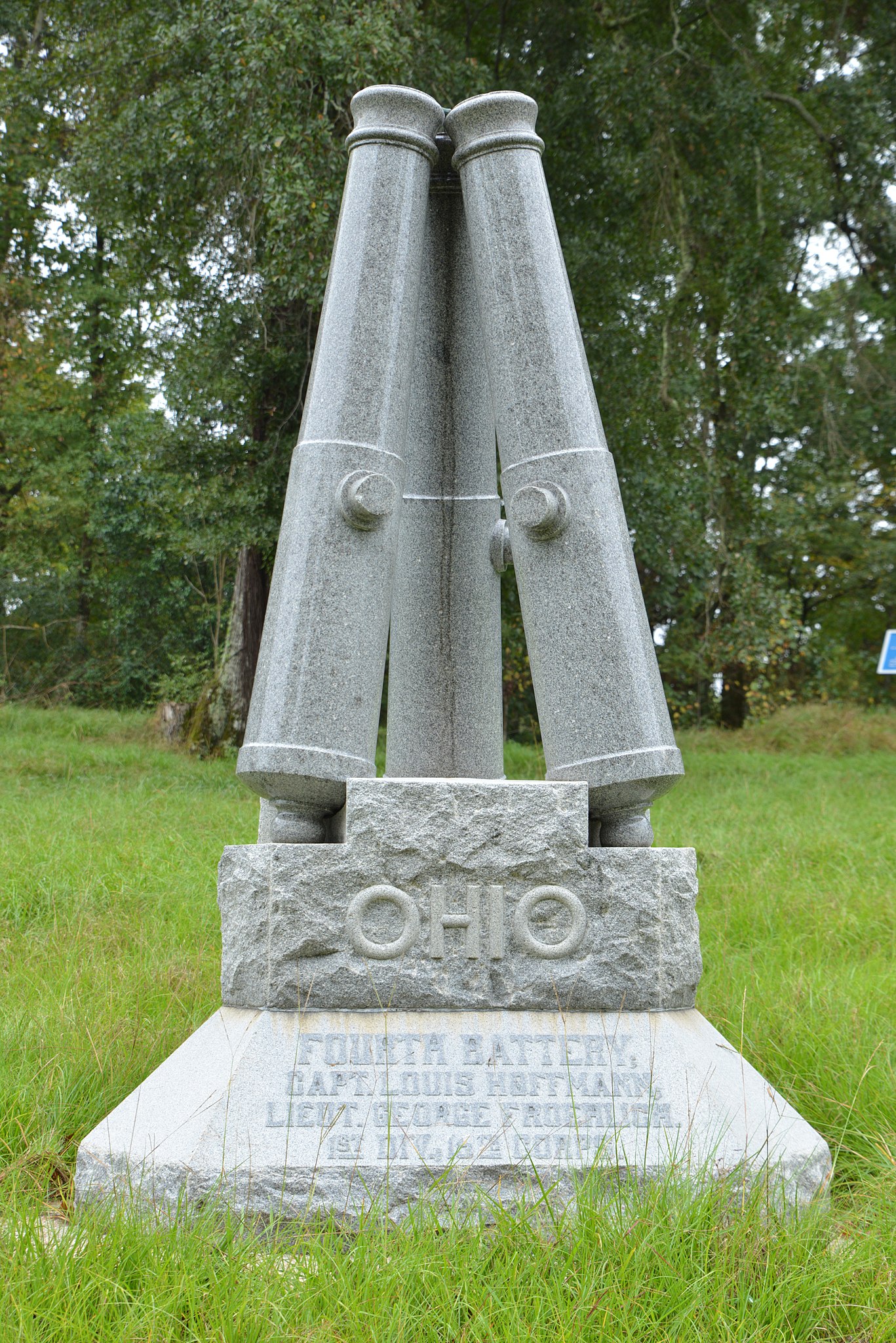
Here are some things to do at Vicksburg National Military Park:
- Visit the Visitor Center: Start your tour by visiting the Visitor Center, where you can learn about the battle and the park’s history. The center has a museum that includes exhibits, artifacts, and multimedia displays that depict the Civil War’s events and impact.
- Take a Guided Tour: The park offers several guided tours led by knowledgeable rangers, including battlefield tours, interpretive walks, and living history demonstrations. These tours provide valuable insights into the battle’s events and the park’s history.
- Explore the Battlefield: The park covers over 1,800 acres and includes hiking trails, picnic areas, and scenic overlooks. You can take a self-guided driving tour or hike through the park to explore the battlefield and its monuments, memorials, and historical markers.
- Visit the USS Cairo Museum: The USS Cairo was a Union ironclad gunboat that played a significant role in the Vicksburg Campaign. The museum features exhibits, artifacts, and a full-scale replica of the Cairo.
- Learn about the Civil War: Vicksburg National Military Park is a great place to learn about the American Civil War’s events and impact. The park offers educational programs and resources for teachers, students, and history enthusiasts.
- Enjoy Nature: The park is home to a variety of wildlife, including deer, foxes, and bald eagles. You can also enjoy fishing and boating on the nearby Mississippi River.
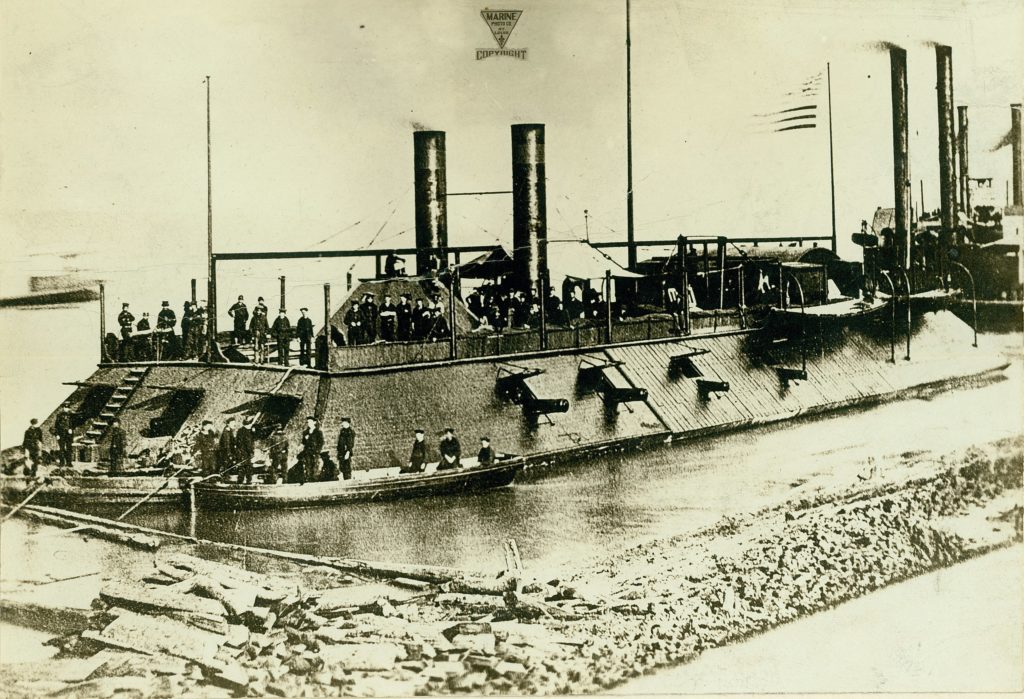
List Of Historic Sites In Mississippi
- Vicksburg National Military Park
- Shiloh Military Park
- Medgar and Myrlie Evers Home National Monument
- Natchez National Historical Park
- Elvis Presley Birthplace & Museum
- Tupelo National Battlefield
- Brices Cross Roads National Battlefield Site
- Mississippi Civil Rights Museum
- Old Capitol Museum
- Biloxi Lighthouse
- Emerald Mound Site
- Waverly Mansion
- Windsor Ruins
- LQC Lamar House Museum
- Natchez “On Top Of The Hill” Historic District
Why Trust Us About Historic Sites In Mississippi?
We’re Jim Pattiz and Will Pattiz, collectively known as the Pattiz Brothers and we absolutely LOVE the national parks.
You should probably know that we don’t just make this stuff up out of thin air. We’ve spent our entire adult lives exploring and filming America’s national parks and public lands.
We’ve worked with the National Park Service, the Department of Interior, USDA, U.S. Forest Service, and more for years creating films on important places and issues. Our work has been featured in leading publications all over the world and even some people outside of our immediate family call us experts on the national parks.
And, in 2018, our father – having spent a lifetime teaching history – joined us so that he could help us to tell the stories behind these amazing places.
Meet The Parks Brothers
We Hope You’ll Follow Our Journey

Our goal here at More Than Just Parks is to share the beauty of America’s national parks and public lands through stunning short films in an effort to get Americans and the world to see the true value in land conservation.
We hope you’ll follow our journey through the parks and help us to keep them the incredible places that they are. If you’re interested in joining the adventure then sign up below!
Related Links
What Is A National Park? To learn more about the difference between the various National Park Service designations check out our article that explains everything!
Civil War Sites: Top 10 Best Civil War Sites & Battlefields
Mississippi National Parks: 9 EPIC Mississippi National Parks Worth The Visit
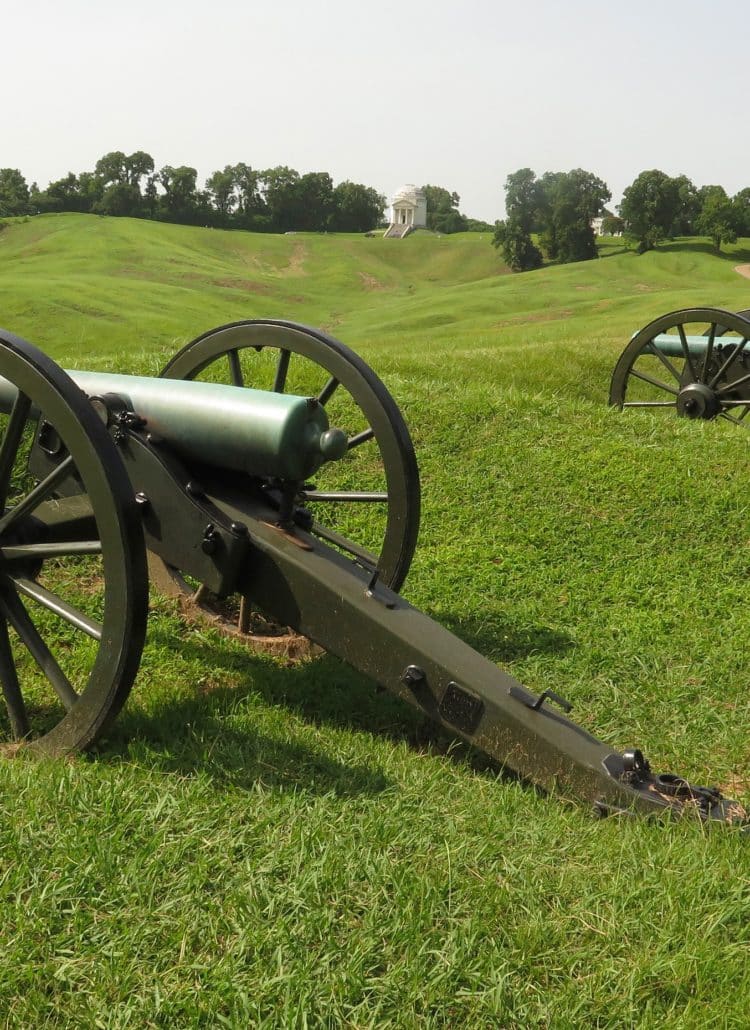
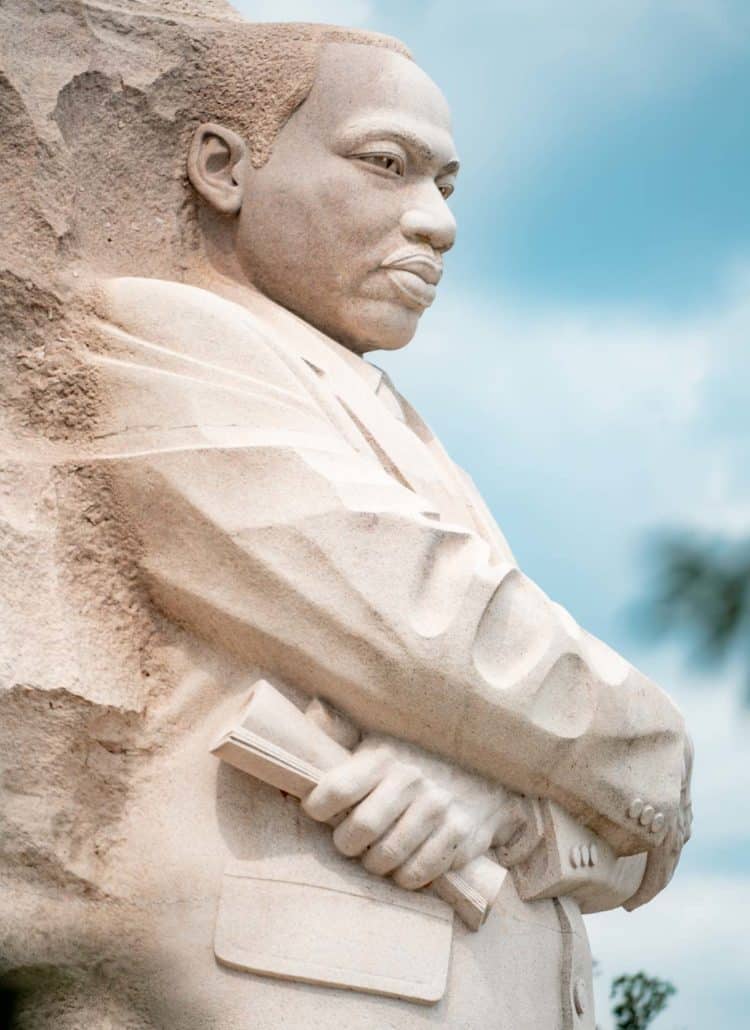
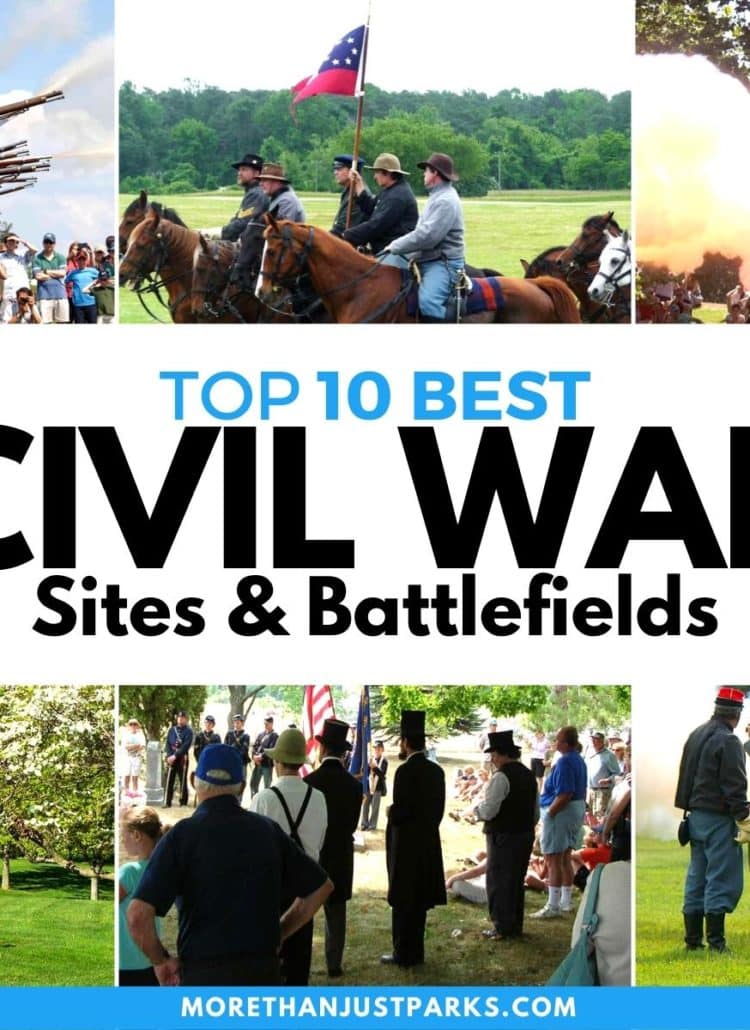


Leave a Reply